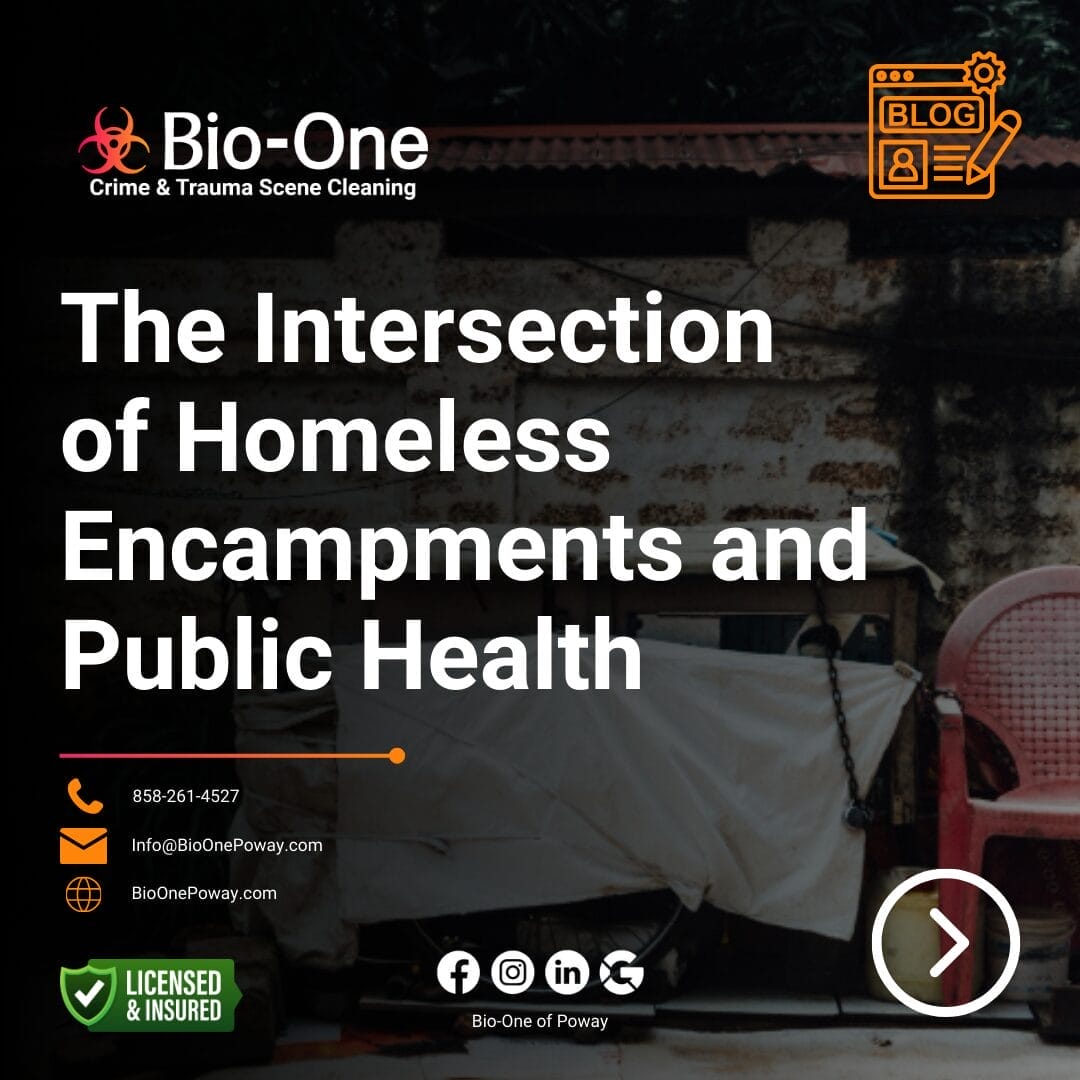
Homelessness has become a critical issue in most cities in the United States. Homeless individuals often resort to building encampments in public spaces such as sidewalks, parks, and underpasses. Despite the enormous efforts, homelessness, and encampments still exist, and they present a variety of challenges that require immediate attention. One of those challenges is the intersection of homeless encampments and public health. In this blog, we look at the dangers of homeless encampments and how they can affect public health and safety.
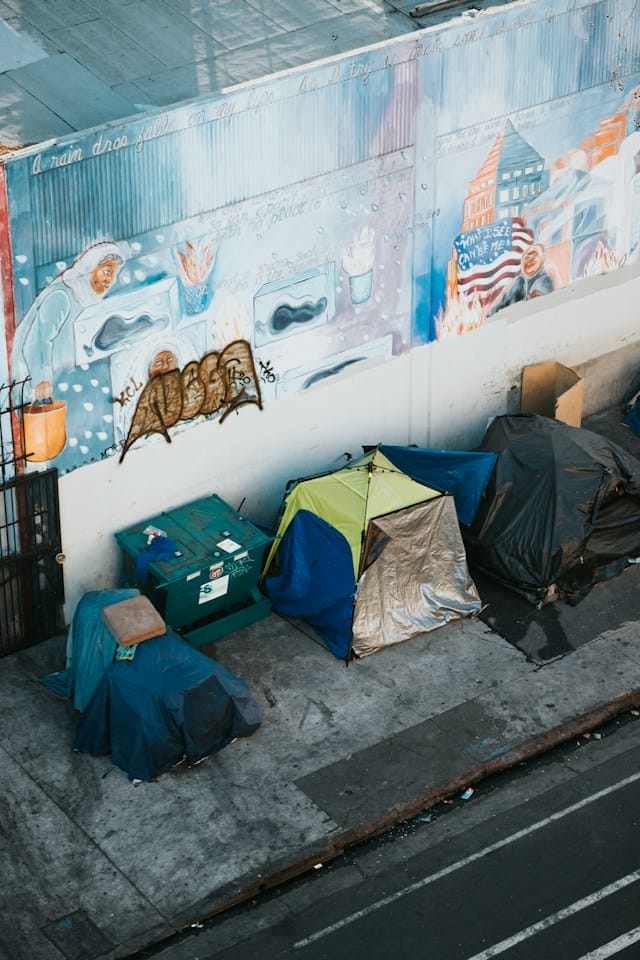
Homeless encampments can have a detrimental impact on public spaces. They can cause obstructions that make it difficult to walk or park in these areas. They can also lower the general aesthetic value of public spaces, which can discourage people from using them. When left unattended, homeless encampments can lead to health and safety hazards, among which stands out the accumulation of human waste, drug paraphernalia, and other hazardous materials.
Homeless encampments are notorious for being prone to disease outbreaks. In most cases, they lack basic sanitation and hygiene facilities, which often leads to the rapid spread of infectious diseases. For instance, homeless encampments are known to harbor hepatitis B and C, and other respiratory infections. The lack of access to clean water, soap, and toiletries further exacerbates the risk of disease outbreaks.
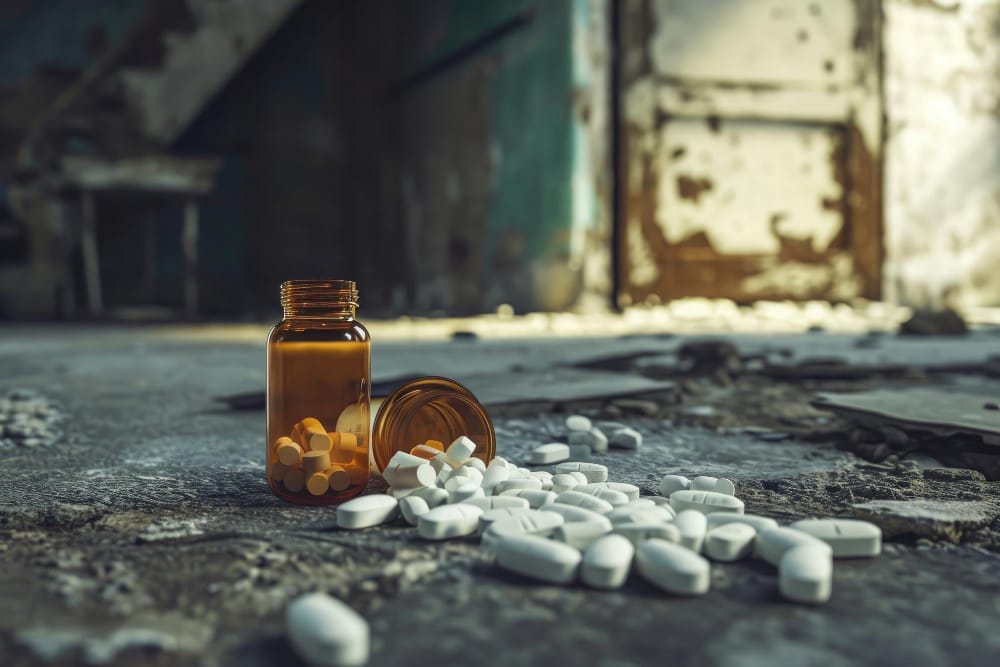
Though it's not always the case, homelessness and substance abuse go hand in hand. Many homeless individuals struggle with addiction, which increases the risk of contracting and spreading diseases. The lack of access to quality healthcare, medication, and counseling can worsen mental health and substance abuse issues. The resulting behaviors can lead to increased transmission of communicable diseases.
Homeless encampments can also make it difficult for emergency responders and health professionals to access affected individuals. In case of a medical emergency or natural disaster, rescue workers may have to navigate through encampments to reach the affected individuals. This can cause logistics challenges, delays, and even fatalities.
The solution to the problem of homeless encampments affecting public health is complex and multifaceted. It requires collaboration among different stakeholders, including health professionals, authorities, nonprofit organizations, and volunteers. However, with the ongoing increase in homelessness and limited resources, it's an issue that may continue to pose challenges for public health.

As such, it's crucial to address the root causes of homelessness and provide adequate support and resources to prevent these encampments from becoming a threat to public health. Only then can we work towards a healthier and safer community for all individuals.
The unhoused community should also be guaranteed healthcare services, rehabilitation, and counseling for mental health and substance abuse issues. It's an issue that requires a holistic approach and long-term solutions rather than just temporary fixes.
The danger of homeless encampments and public health can be severe. It is, therefore, crucial to address the issue effectively and urgently. At Bio-One of Poway, we understand the importance of addressing the issue of homeless encampment cleanup in San Diego County and the surrounding areas. We offer reliable and professional restoration and remediation services.
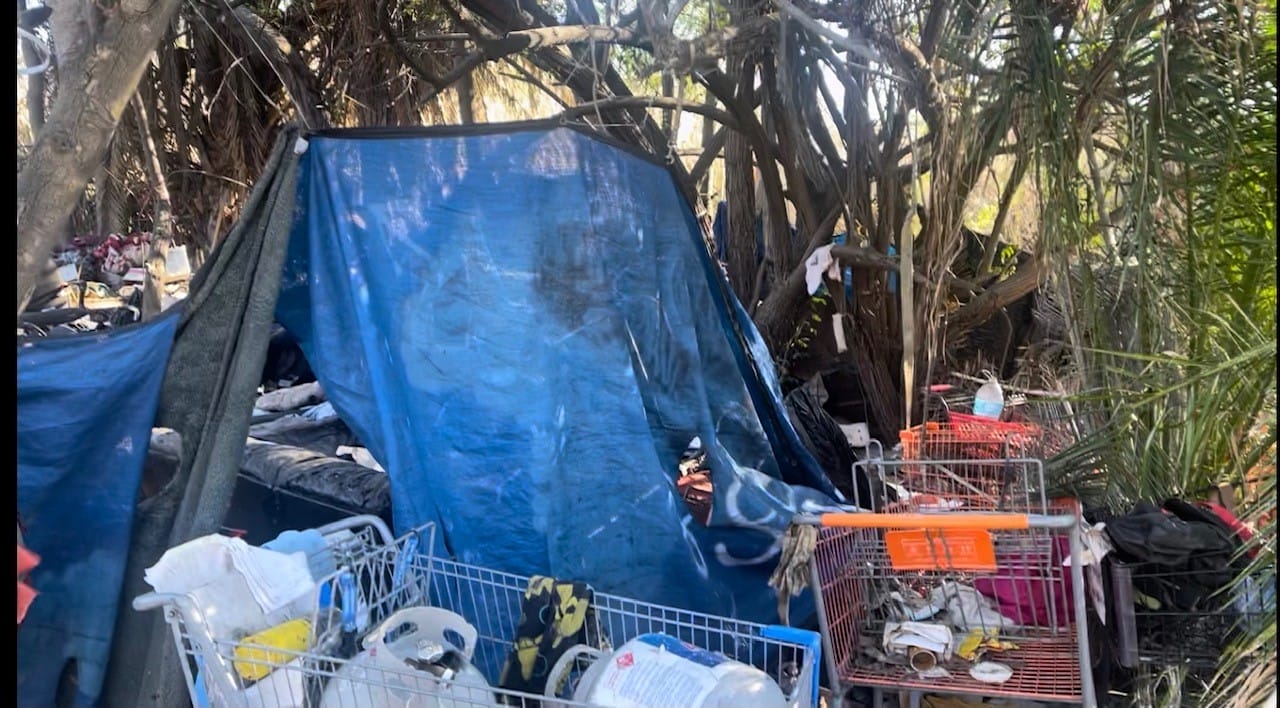
If you're dealing with a homeless camp in your neighborhood, or need help with the cleanup after it was cleared, Bio-One of Poway is here to assist you. We have trained professionals who are equipped with the necessary knowledge and tools to handle these situations safely and efficiently.
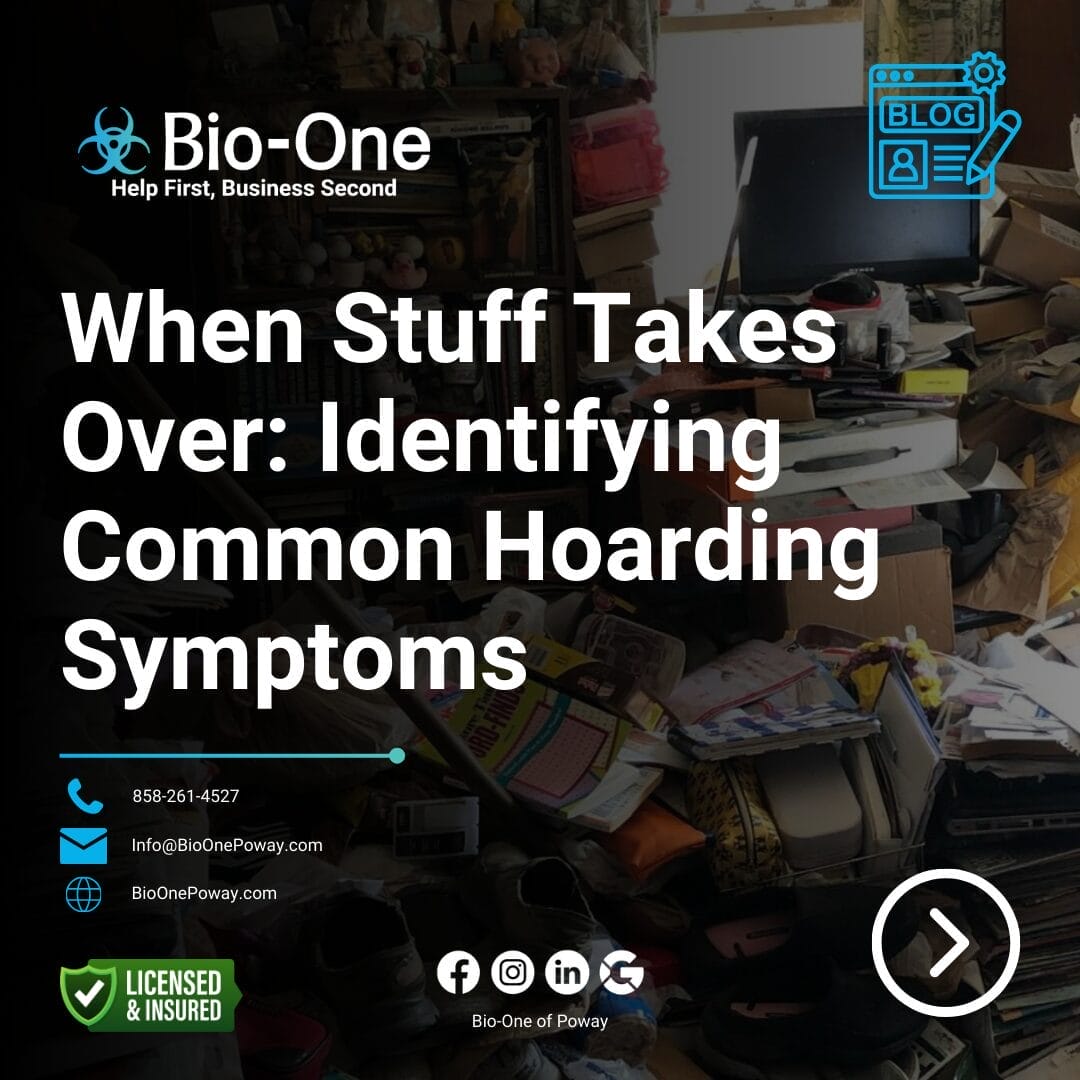
Hoarding is often misunderstood and can be difficult to diagnose. Hoarders may feel ashamed, embarrassed, or afraid to seek help because of the stigma surrounding their problem. However, ignoring the issue will only make it worse. In this blog post, we will discuss some of the most common hoarding symptoms, and how to get professional help if you or someone you know is struggling with this condition.
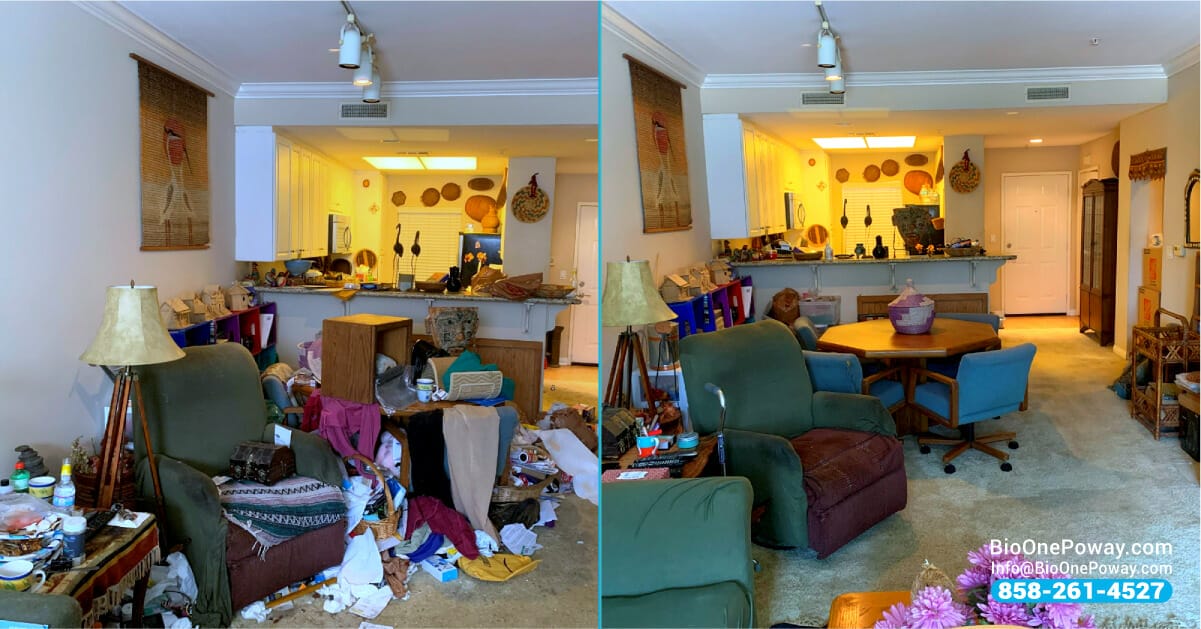

Learn more: 4 Consequences of Hoarding on Homes and Possible Ways to Help
Hoarding is a complex disorder that often requires professional help. If you or someone you know is struggling with hoarding, it's essential to seek help from a mental health professional. They can provide therapy and support to address the underlying causes of hoarding behavior and develop coping strategies.

Hoarding is a challenging condition, but it's important to note that it is treatable! If you or someone you know is struggling with hoarding symptoms, the first step is to seek professional help. By working with a qualified mental health professional, you can begin to address the underlying causes of hoarding and develop strategies to manage the symptoms effectively.
Additionally, Bio-One of Poway offers hoarding cleanup services to assist in the physical cleanup and restoration of hoarded homes. Our highly trained and compassionate technicians can help sort through clutter, remove hazardous materials, and restore your home to a safe and livable condition. As a Mental Health First Aid-Certified Company, we can also assist in connecting you with mental health resources to continue on the path toward recovery!

Animal hoarding affects not only the animals but also the human hoarder and their community. It's important to recognize the warning signs of animal hoarding and seek professional help to address both human and animal issues. Let's get straight to the point and discuss the dangers of animal hoarding and how to recognize the signs.
Know that these scenarios require professional assistance from welfare organizations, a mental health professional, and a hoarding cleanup company to successfully resolve the situation, and our team at Bio-One of Poway can take of everything for you or your loved one.
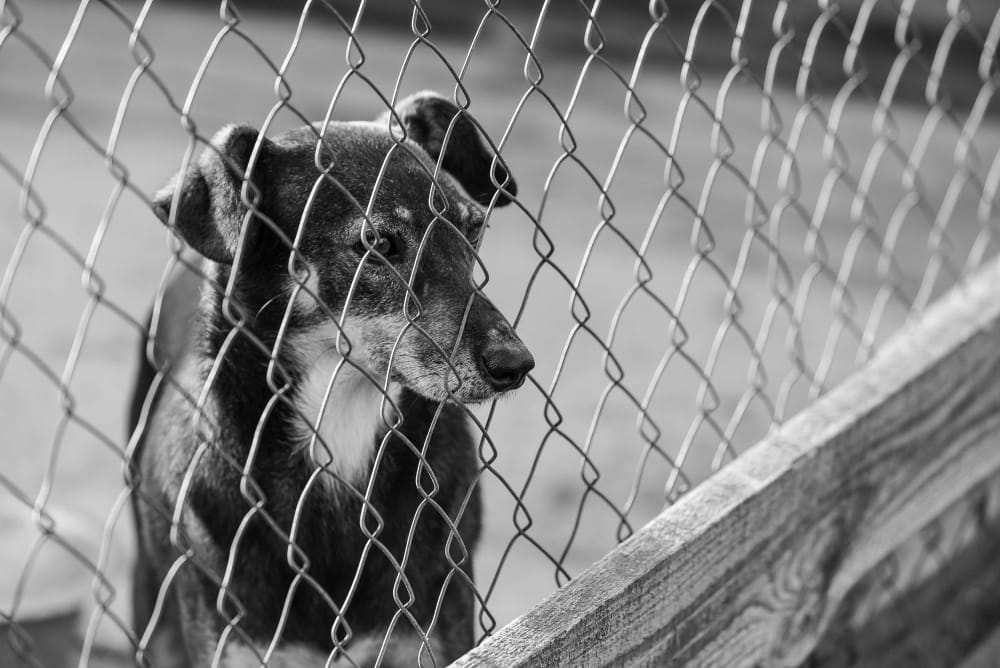
Animal hoarding is a complex and severe form of animal abuse. The Animal Legal Defense Fund defines it as "having more than the typical number of companion animals, which causes or threatens harm to the animal's health or welfare." It's not just about having too many pets; it also involves neglect, unsanitary living conditions, and a lack of proper care for the animals. This behavior often stems from underlying psychological issues such as depression, anxiety, or OCD.
There are some warning signs that you can look out for if you suspect someone might be an animal hoarder. These include:
Animal hoarding can have serious consequences, both for the animals and the hoarders themselves. Hoarders may suffer from psychological problems, and they may also be at risk of physical harm if the living conditions become too unsanitary. The animals themselves may suffer from malnutrition, disease, and neglect.
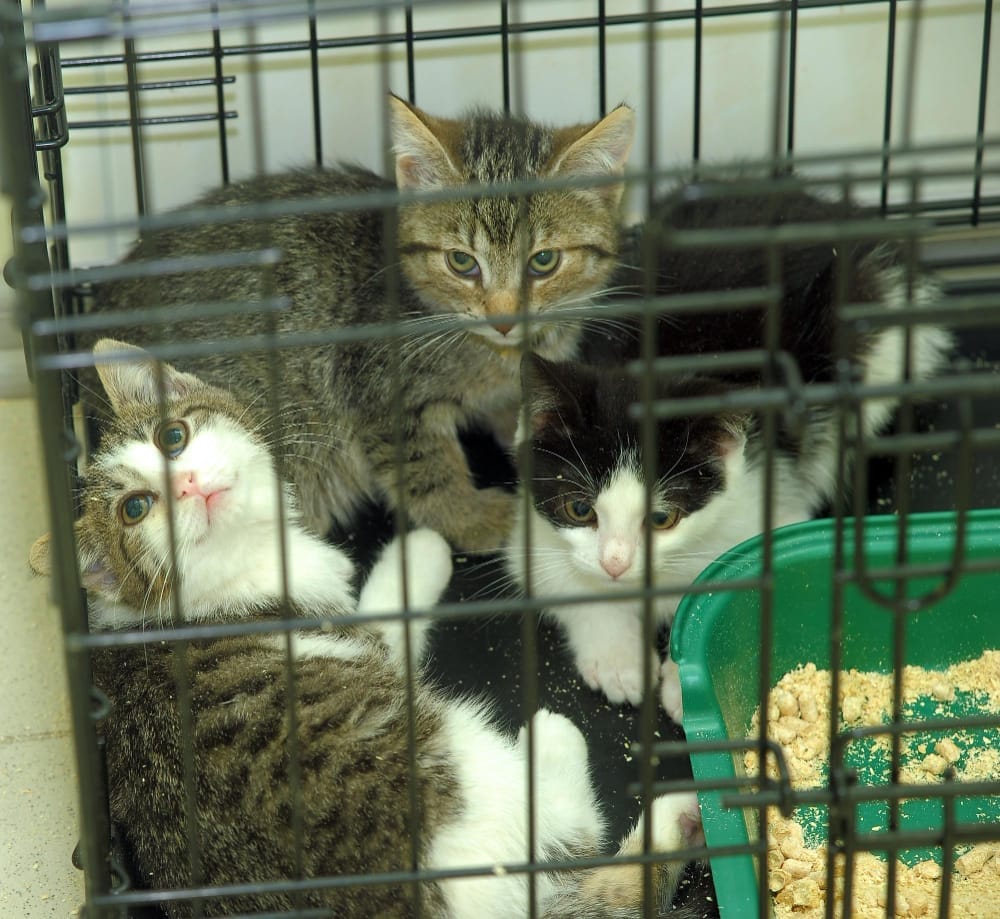
Many animal hoarders start with good intentions, believing that they are rescuing animals from neglect or abuse. However, as the number of animals increases and their care becomes overwhelming, these individuals become unable to provide proper care for the animals.
Animal hoarding is often a result of underlying psychological issues that require professional treatment. It's important to address these root causes to prevent the hoarding behavior from continuing.
If you suspect someone might be an animal hoarder, take action immediately. Here are some situations where authorities should be contacted:
Authorities must be contacted promptly, as animal hoarding can quickly escalate and cause severe harm to both humans and animals.
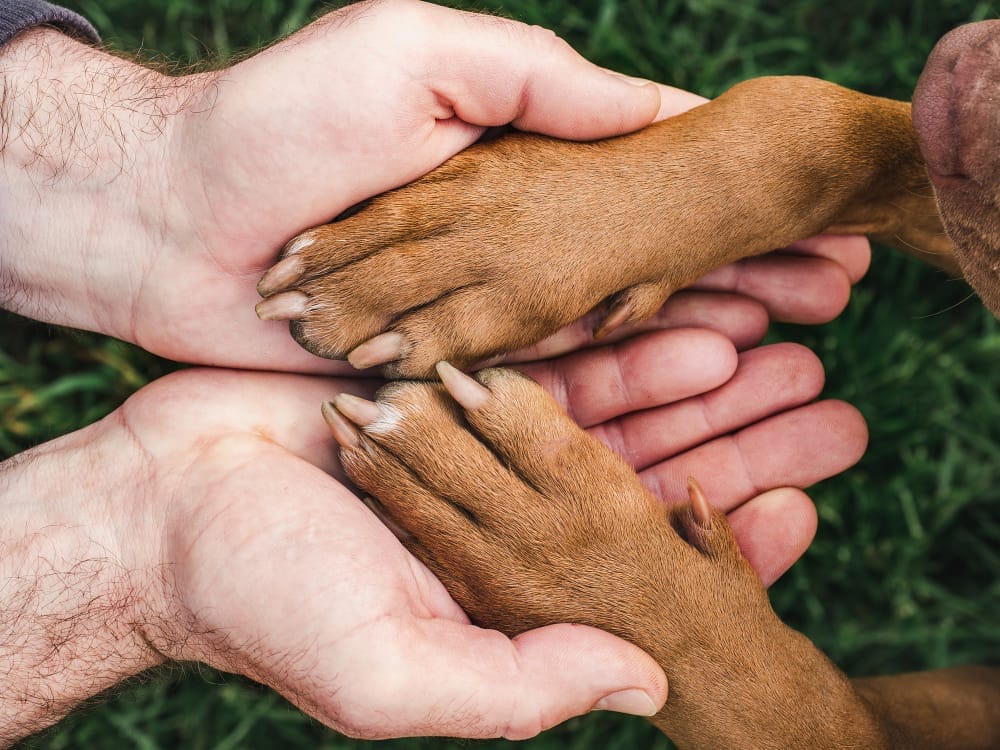
If you suspect someone is an animal hoarder, professional help is the best way to approach the situation. Animal welfare organizations, such as the ASPCA, can provide resources and support for both the animals and the hoarder. Hoarding cases often require extensive cleanup, and professionals will need to be brought in to address health and safety concerns.
Animal control agencies mental health professionals, and animal welfare organizations can all play a role in addressing animal hoarding cases, helping to find a resolution that benefits everyone involved.
Recognizing the warning signs of animal hoarding and seeking professional help is crucial in addressing the problem and ensuring the safety and well-being of all involved. If you suspect someone might be an animal hoarder, don't hesitate to reach out for help. Bio-One of Poway is dedicated to helping those struggling with hoarding and other difficult situations, providing compassionate and discreet cleanup services. Visit our website or contact us directly to know how we can intervene.

Individuals who are exposed to drugs or work in drug-related environments are at risk of various health hazards. Exposure to drugs like fentanyl and meth can have severe consequences that affect the body's well-being. It is essential to understand the dangers of drug exposure and how to clean up hazardous environments. In this blog post, we will discuss why professional help is necessary for fentanyl and meth cleanup and how Bio-One of Poway can take care of the scenarios with care, compassion, and discretion.
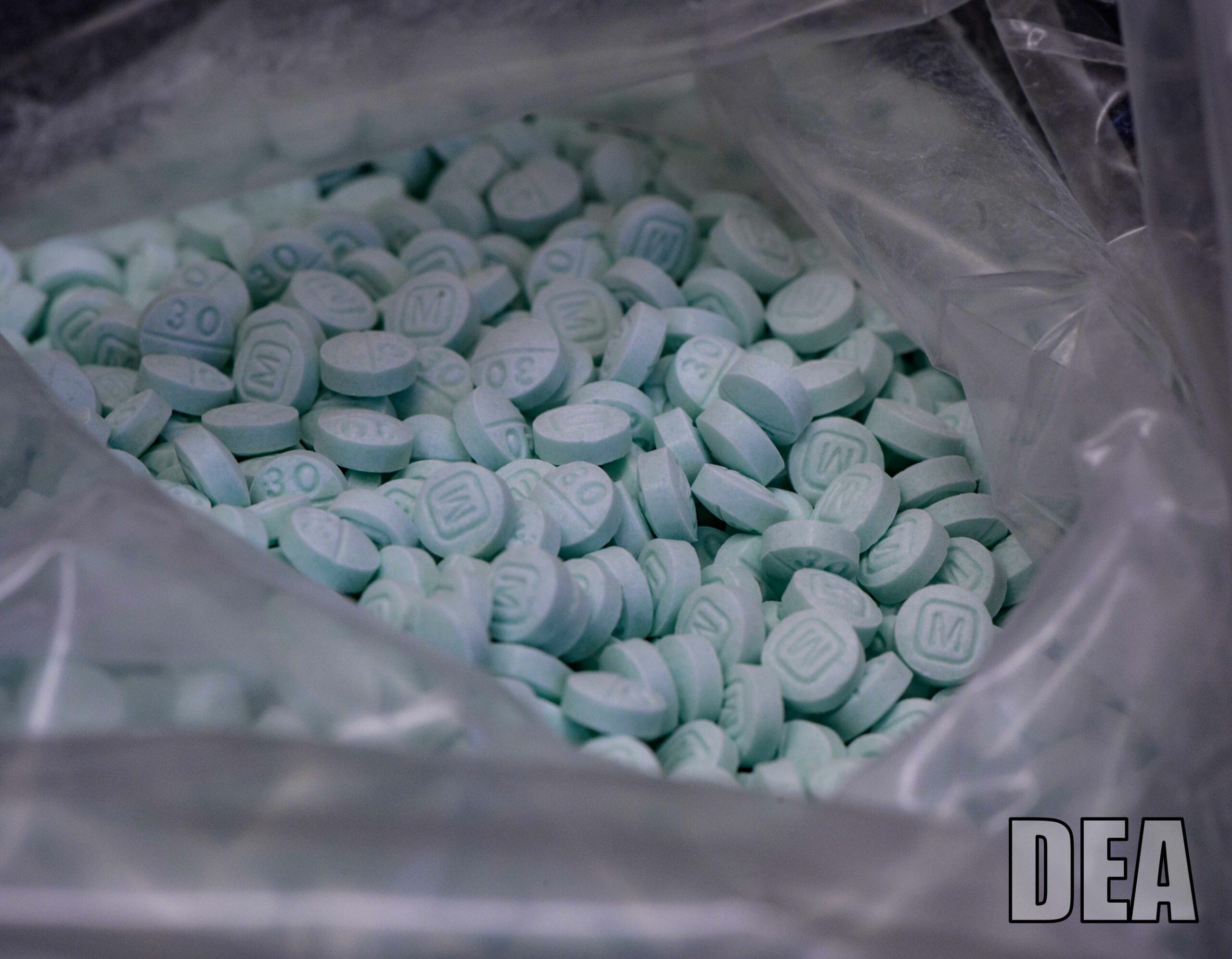
Fentanyl is a highly addictive and potent synthetic opioid pain reliever. In recent years, it has become a significant contributor to drug overdose deaths in the United States. The drug can be transmitted via inhalation, ingestion, or skin contact if not handled properly. Fentanyl exposure symptoms include:
If you or your loved ones have been exposed to fentanyl, it is crucial to seek professional help immediately. As mentioned earlier, the drug can cause respiratory depression, which can lead to death. It is also essential to note that even a small amount of fentanyl can have severe consequences, making it a significant concern for first responders and law enforcement officers. Additionally, handling fentanyl without proper protective equipment and training can put individuals at risk of exposure.
Methamphetamine, commonly known as meth, is a highly addictive and dangerous substance. The manufacture, use, and disposal process of meth can leave behind hazardous chemicals that contaminate the environment. Exposure to these chemicals can lead to long-term health issues such as:
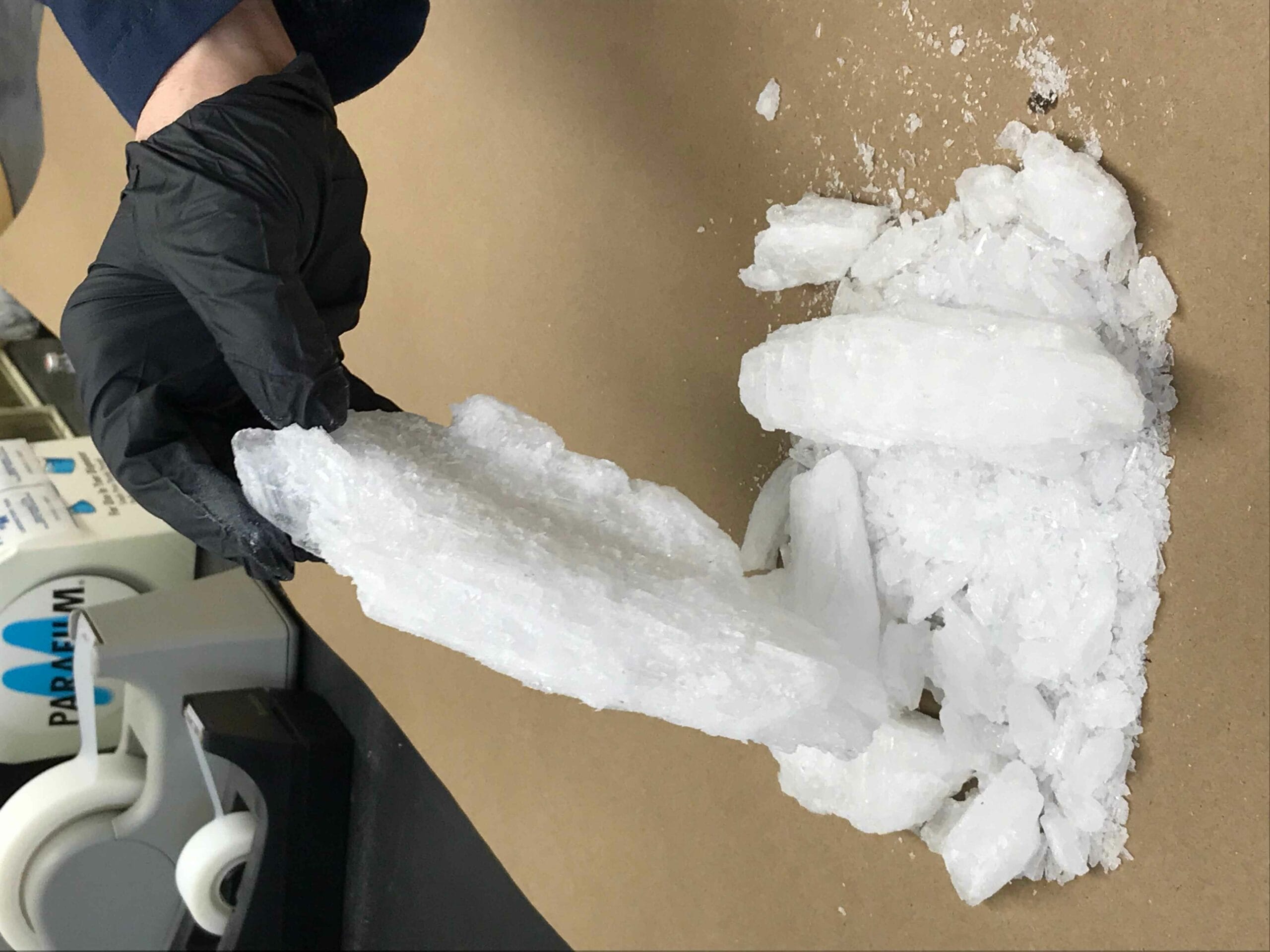
Meth cleanup is a complex and hazardous process that requires specialized training and equipment. Without proper handling, the chemicals used in meth production can pose a significant threat to individuals' health and the environment.
People who come into contact with contaminated objects or inhalants are at risk of contracting diseases like hepatitis C, Meth Mouth, and other bloodborne illnesses. Professional meth cleanup services are essential in ensuring that the environment contaminated by meth is free from health hazards.
Professional Cleanup services for drug contamination guarantee the safe removal of any hazardous material. The right tools and expertise must equip the crew to clean and decontaminate the contaminated areas. It is essential to find a reliable and trusted cleanup crew that understands the dangers of drug exposure and contamination.
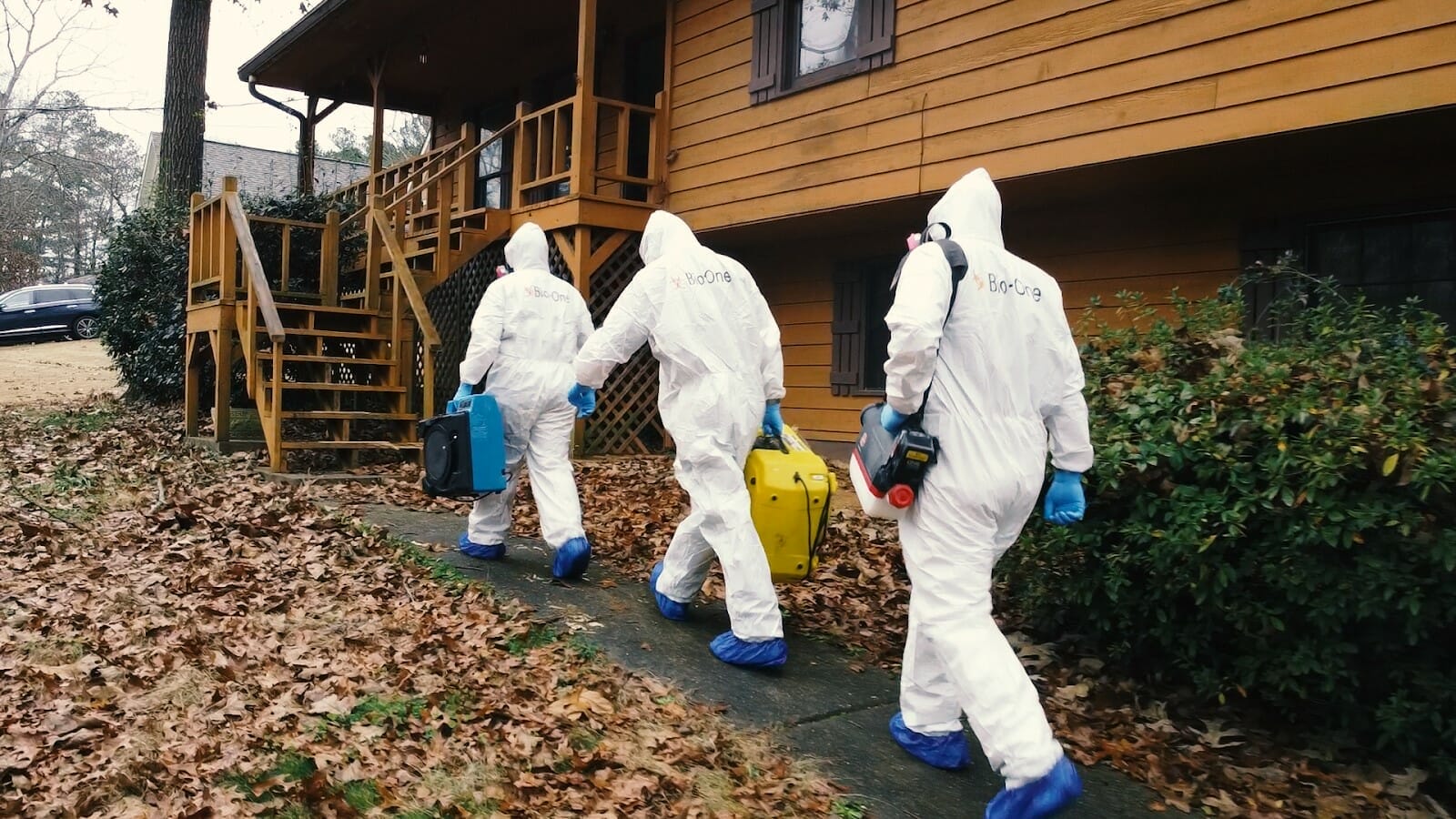
Bio-One of Poway offers the best professional Fentanyl and Meth cleanup services in San Diego County. Our team is available to tackle any challenging drug-related scenario, no matter how dangerous it might seem. Our priority is your safety, and we ensure that the environment is safe and free from any contamination.
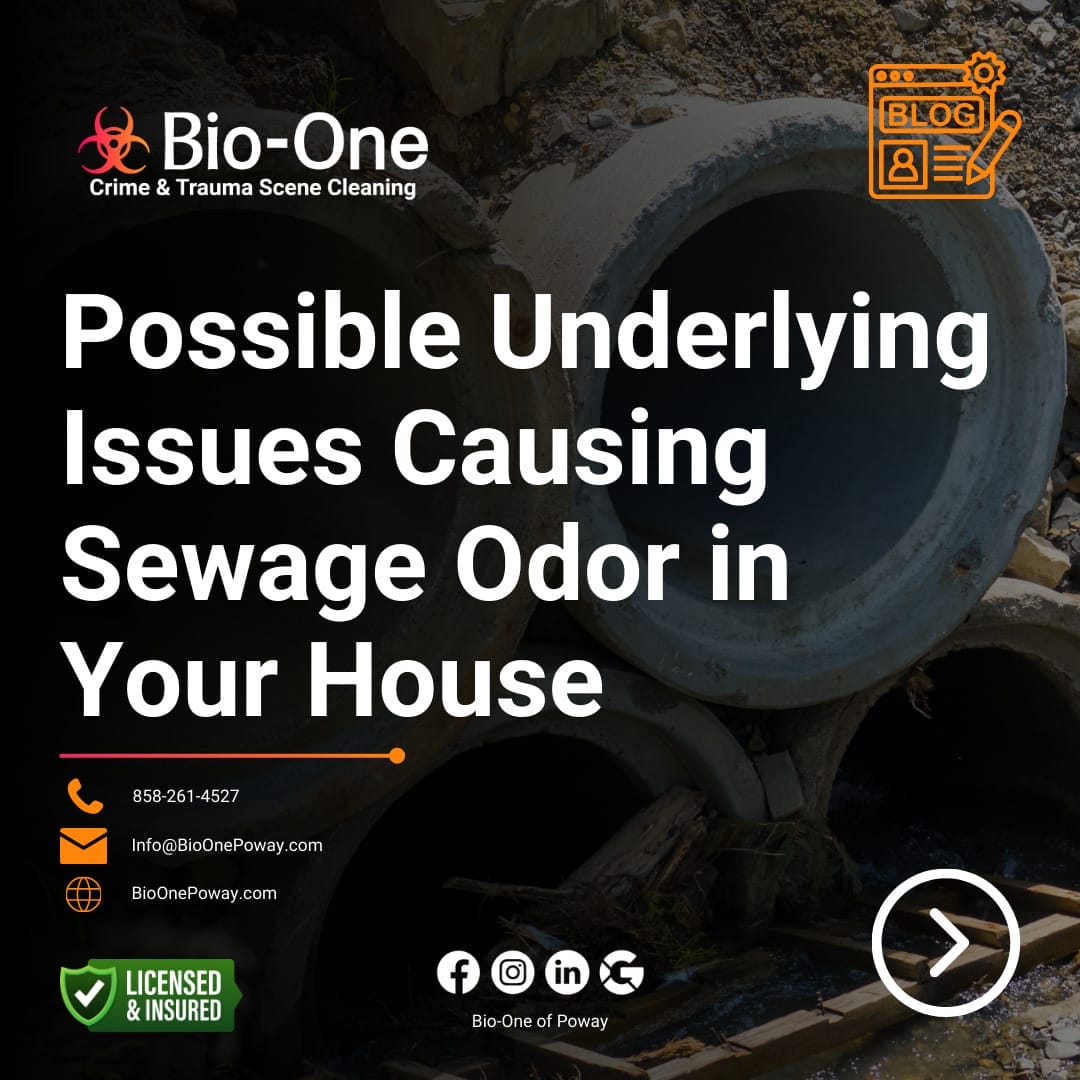
When you start to smell an unpleasant sewage odor in your home, you definitely know there's a problem. No one wants to experience such discomfort in their house, and you're probably wondering what could be the cause of this unpleasant smell! One of the most common culprits is a sewage backup. These unpleasant emergencies can occur due to various reasons, including clogs, tree roots in the pipes, faulty septic systems, and overflowing drains, among others. In this blog post, we'll delve deeper into some of the possible underlying issues causing sewage odor in your house.
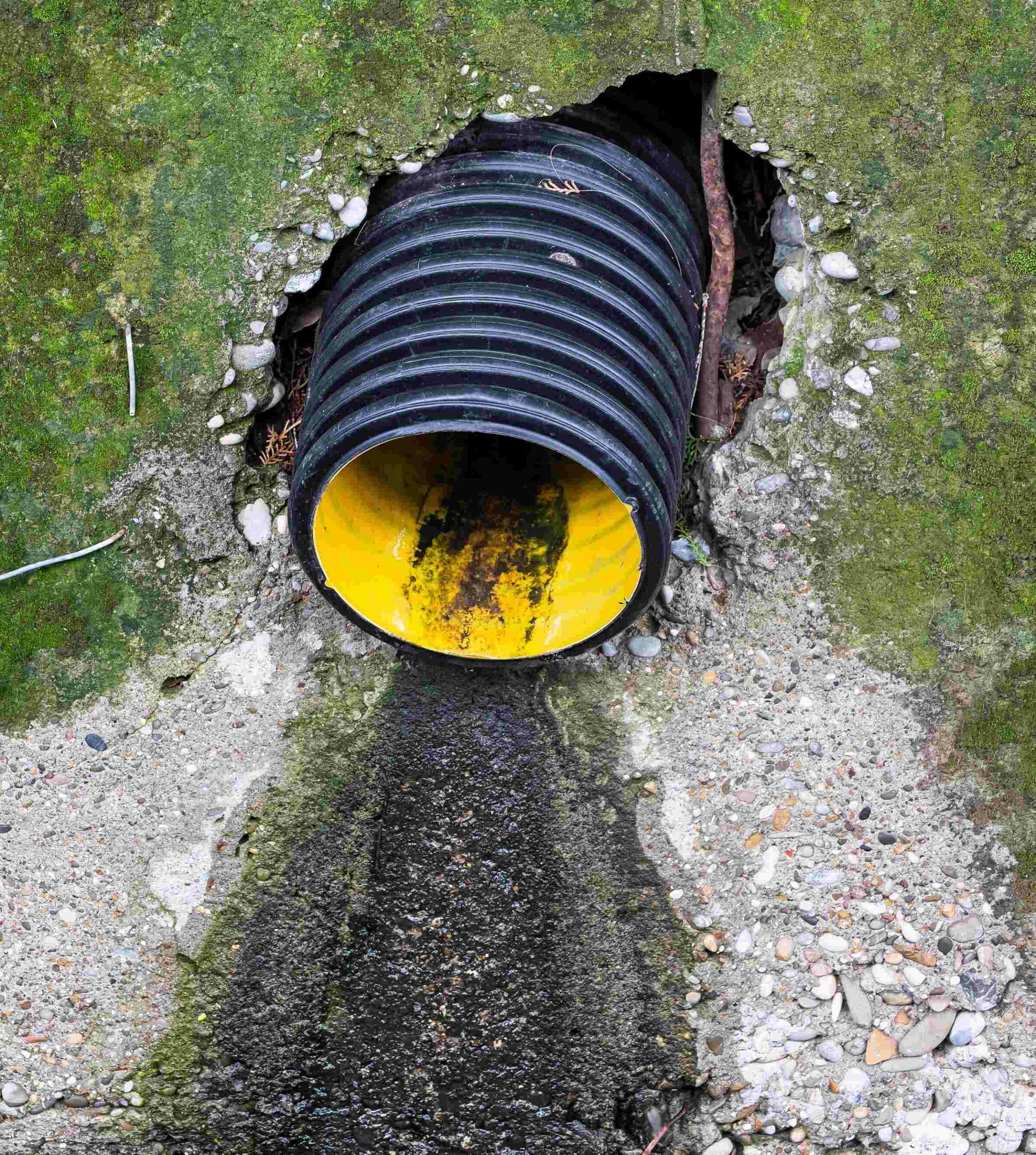
One of the primary reasons you may be experiencing a sewage odor in your house is due to broken or clogged pipes. Over time, drain pipes can become damaged, and debris may start to accumulate in them. Tree roots can also grow into pipes and cause clogs. These blockages hinder the proper flow of sewage, which ultimately leads to a backup and unpleasant odors. If you suspect broken or clogged pipes, call in a professional plumber as soon as possible to prevent further damage.
A faulty septic system is another potential cause of sewage odor in your house. Septic tanks function by separating solid waste from liquid, which is then released into the drain field. However, when the system is not functioning properly, there may be leaks or blockages, leading to sewage backups and foul odors. Regular maintenance and inspections by experienced professionals can help you avoid such unpleasant situations.
Sometimes, the primary cause of sewage odor in your house can be an overflowing drain. An overflowing drain typically occurs due to a blockage in the sewage line, clogged gutters, or a malfunctioning sump pump. The excess water can cause a sewage backup resulting in an unpleasant odor. If the drain in your house is overflowing, be sure to switch off the water supply and call a professional plumber right away.
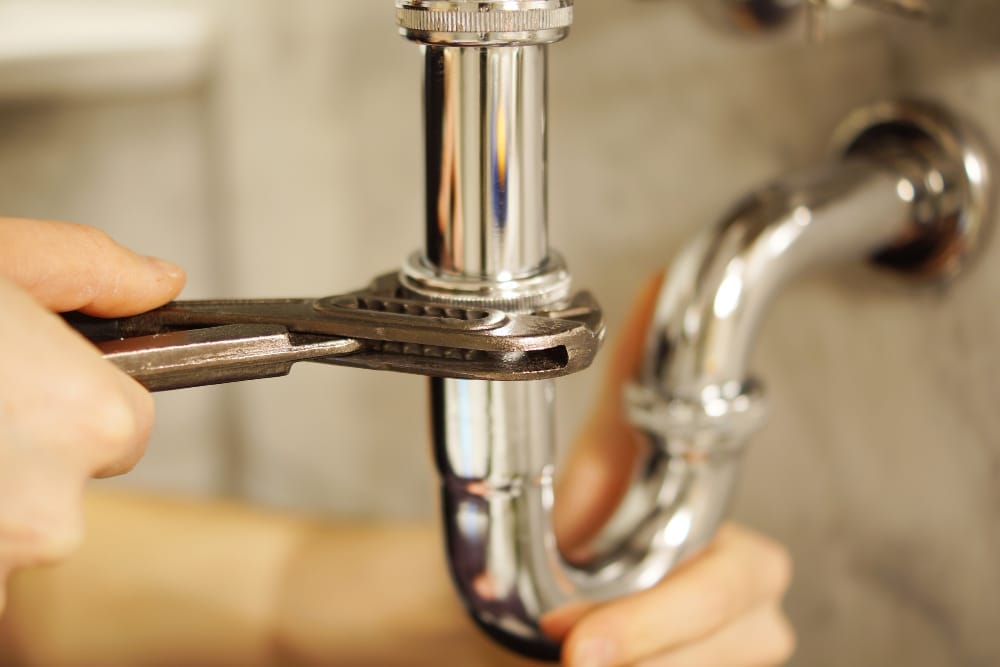
A dry P-trap is another potential culprit of unpleasant sewage odors in your home. P-traps are designed to keep the sewage smell from entering your living space by trapping water in the bend of the pipe. However, when the P-trap is dry, it won't be able to prevent sewage odors from seeping into your home. Running water down the drain for a few minutes can quickly fix a dry P-trap.

When it comes to dealing with the unpleasant and potentially hazardous issue of sewage odors in your home, Bio-One of Poway is at your service. Our team is equipped with the right tools and techniques to detect and rectify the problem, be it broken pipes, faulty septic systems, overflowing drains, or dry P-traps.
Moreover, we also offer regular maintenance and inspection services to help prevent any future occurrences. With Bio-One of Poway, you are assured of swift, efficient, and reliable solutions to restore a healthy and odor-free environment in your home!
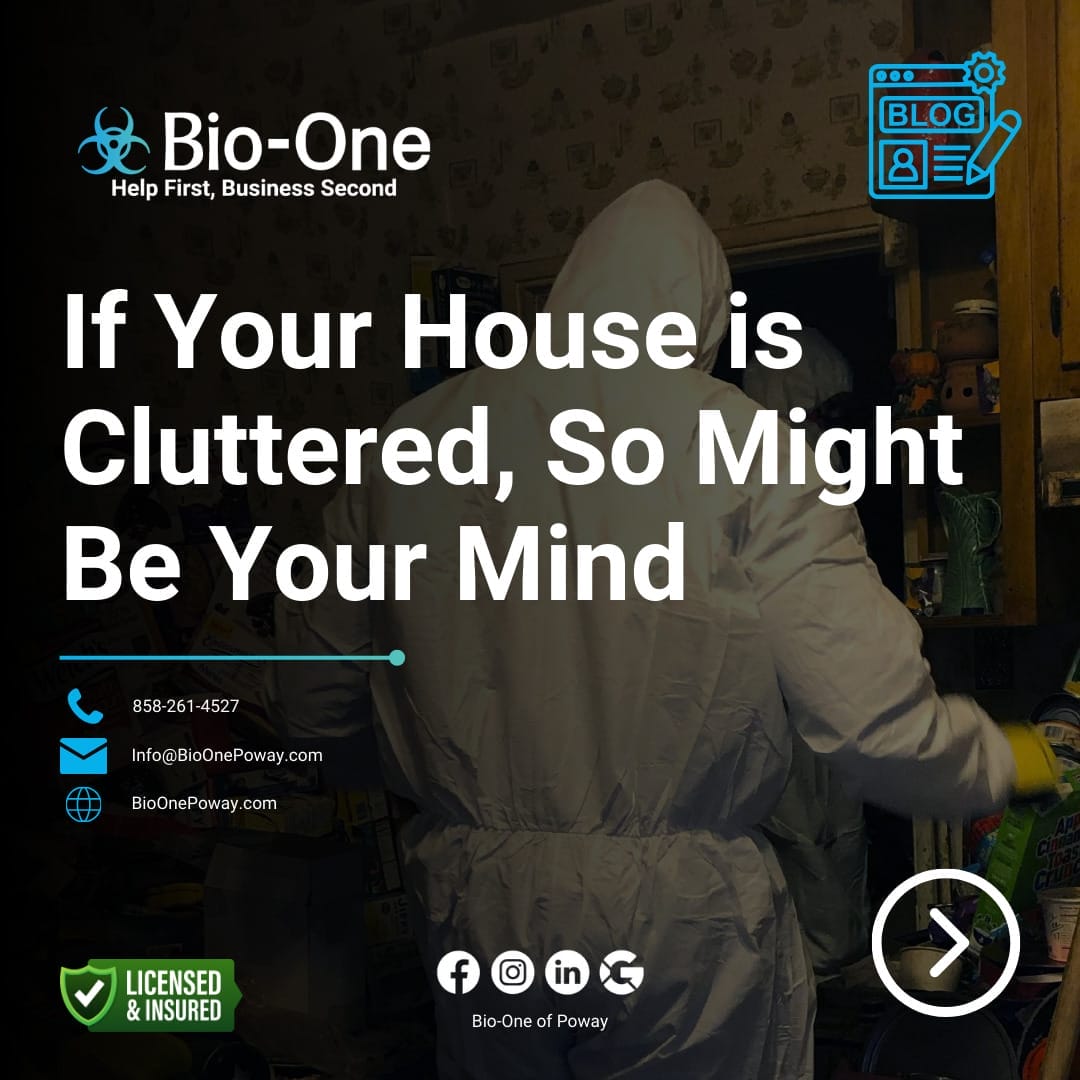
The saying "out of sight, out of mind" may ring true when it comes to a cluttered home and a chaotic mind. Many people underestimate the impact that physical clutter can have on their mental state. A cluttered living space can cause feelings of overwhelm, stress, and even anxiety. In this blog post, we will explore the connection between a cluttered house and a cluttered mind, and offer tips on how to declutter both for a more organized and peaceful life.
The phrase "out of sight, out of mind" is often used to describe situations where we tend to forget about something if it's not visible or present in our daily lives. When it comes to a cluttered house and a cluttered mind, this saying couldn't be more accurate. Physical clutter can make it difficult for us to focus, relax, and function effectively. Let's take a deeper look at how this happens.
Clutter in our living space can serve as a constant reminder of the things we need to do or deal with. Whether it's unfinished projects, unopened mail, or piles of laundry, these items can create a sense of overwhelm and stress, adding to our mental load. Not only that, but clutter can also be visually distracting and troublesome, which ultimately makes it more difficult for us to concentrate on the task at hand. All of these factors contribute to a cluttered mind.

On the other hand, a clutter-free home can have significant benefits for our mental well-being. It creates a sense of calm, reduces stress, and promotes a more positive and productive mindset. When our environment is organized, we can easily find what we need, make decisions more efficiently, and feel in control of our surroundings.
Now that we understand the connection between a cluttered house and a cluttered mind, let's explore some practical tips for decluttering our space and promoting a more peaceful and productive environment.
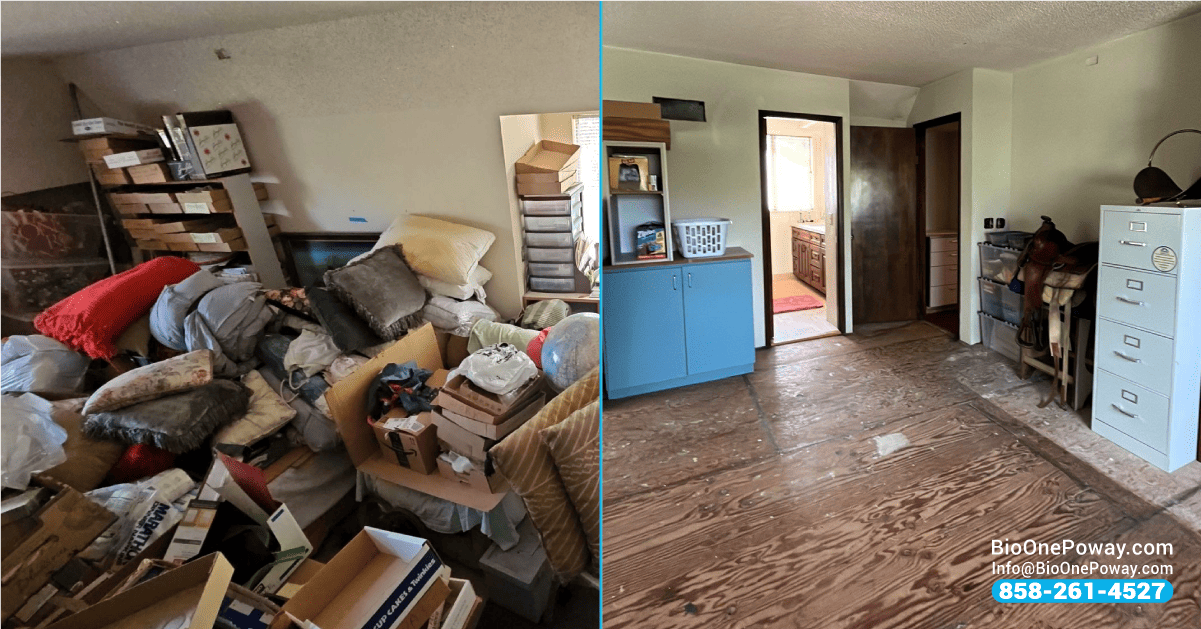
In addition to the tips mentioned above, working with a professional decluttering and organizing service like Bio-One of Poway can greatly benefit your decluttering journey. Our team specializes in decluttering and deep cleaning services for both residential and commercial spaces.
Some ways Bio-One of Poway can help with decluttering include:
Our goal is to help create a space that brings value and peace to your life, rather than adds unnecessary clutter. Contact us today to learn more and start your decluttering journey.
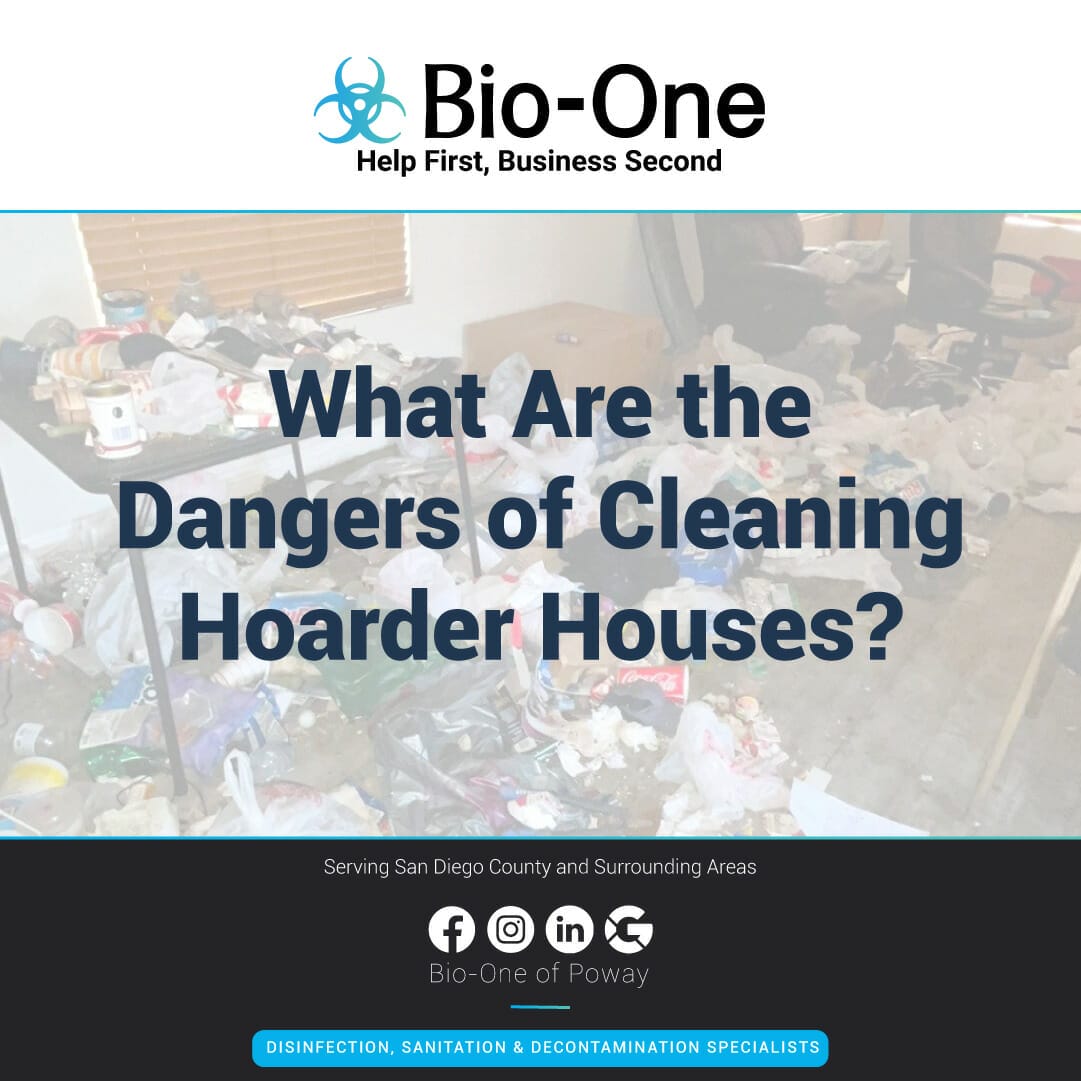
Hoarder houses typically have excessive clutter and debris, making them almost impossible to navigate in. The accumulation of junk, papers, clothes, and other items is a breeding ground for bacteria, dust, and pests that can become health hazards. However, the dangers do not end there. In this blog post, we will reveal the pernicious dangers that lurk in hoarder houses and how remediation technicians at Bio-One can handle these cleanups.

Moisture from incidents such as water damage, pipe leaks, and spills, can go unnoticed in hoarder houses. It provides an ideal environment for mold growth, which may result in respiratory issues. When Bio-One of Poway remediates hoarder houses, we ensure that mold testing and remediation is one of their highest priorities. We are Micro-certified mold remediation inspectors and contractors!
Rodents and other pests thrive and multiply in hoarder houses. They can cause severe damage to the property and pose a threat to the health of those who enter the premises. Rats, mice, cockroaches, and other pests carry diseases and bacteria that can spread throughout the house. At Bio-One of Poway, we have experts trained in cleaning up and removing animal waste to eliminate infestations safely.
The sheer weight of clutter in hoarder houses can cause structural damage over time. Piles of items can place excessive stress on the floors and walls, leading to cracking or collapse. This danger is not only limited to the hoarders themselves but also to any visitors or emergency responders who may enter the house!
Cluttered spaces are at a higher risk of fire hazards. Flammable items, such as paper and chemicals, can quickly catch fire and spread throughout the house. In hoarder houses, these risks are heightened due to blocked exits and narrow pathways that make it difficult for firefighters to enter the premises in case of an emergency.

Electrical hazards are also common in hoarder houses, as electrical outlets may be overloaded with extension cords and overloaded power strips. Additionally, clutter can easily block or cover heating vents, increasing the risk of fire or carbon monoxide poisoning.
Image by partystock on Freepik
The clutter in hoarder houses creates physical hazards for anyone who may enter or try to move around the property. People can trip or fall, and stacks of items like old newspapers or magazines can collapse and cause injury. We are prepared to move and manage bulky items, such as furniture, in order to create a safe and accessible living space.
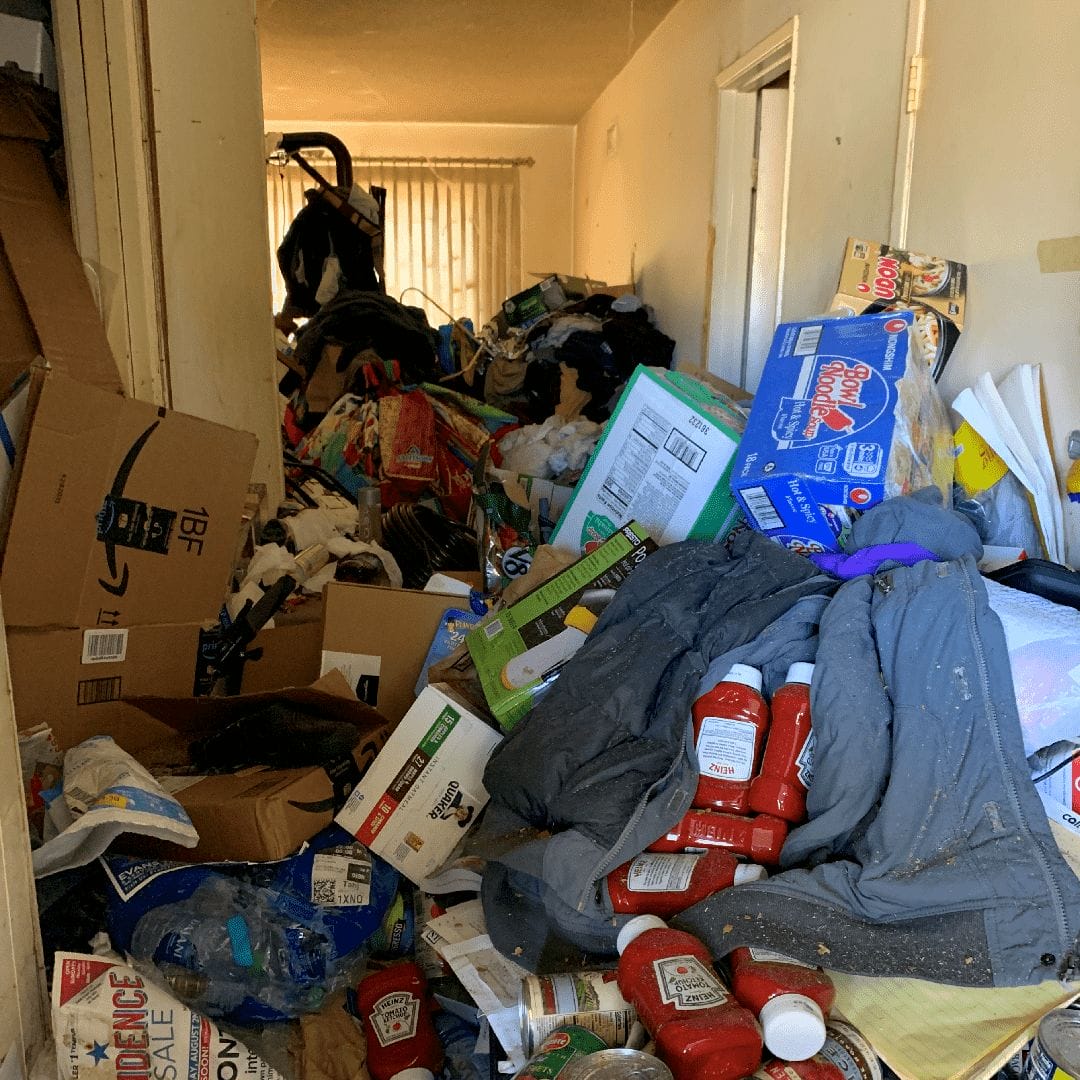
In extreme hoarding situations, animal feces and urine may be present on the property. It can cause serious health issues such as E. Coli and Salmonella infections. Human bodily fluids are also a potential threat and have the potential to carry harmful diseases. We handle disposal with care and ensure the safety of everyone involved.
Hoarding not only poses physical and health hazards but also has a significant emotional weight. Hoarding is often linked to mental health issues, which exacerbates the situation for the hoarder and their loved ones. The process of decluttering and cleaning can be overwhelming and emotional, which is why our team at Bio-One of Poway approaches each case with empathy and understanding.
At Bio-One of Poway, we understand the sensitive nature of hoarding situations and the impact they can have on individuals and families. As a Mental Health First Aid-certified company, we can recognize and support those in need of mental health resources. We approach each case with compassion, respect, and a commitment to helping our community through the hoarding cleanup process.
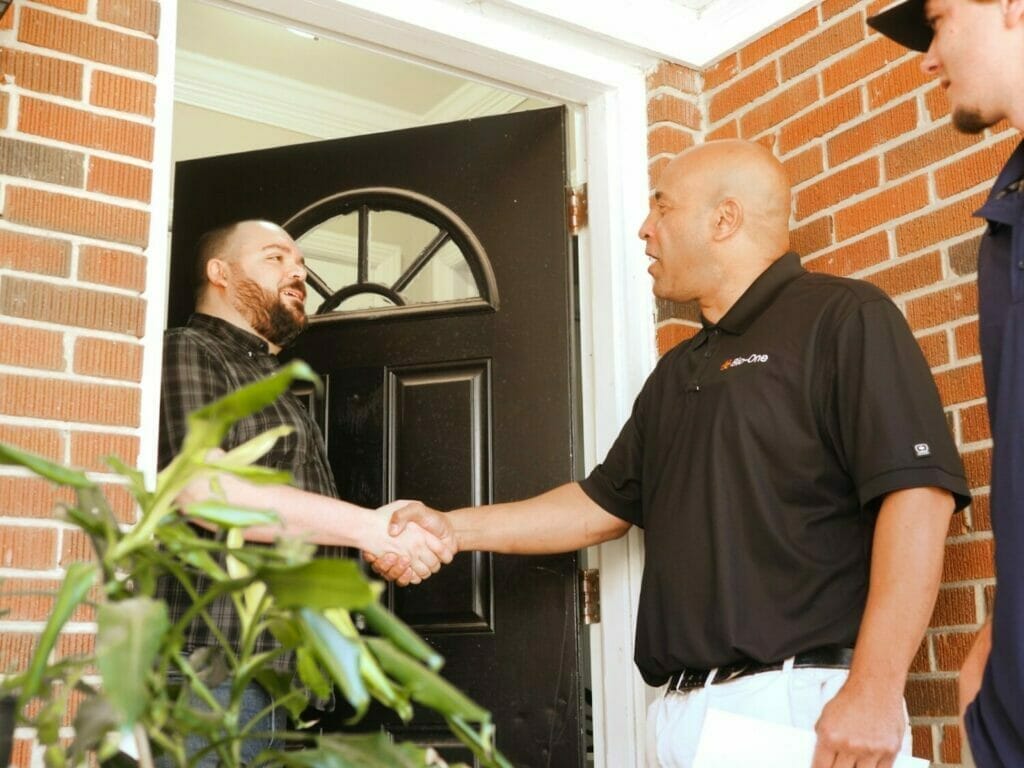
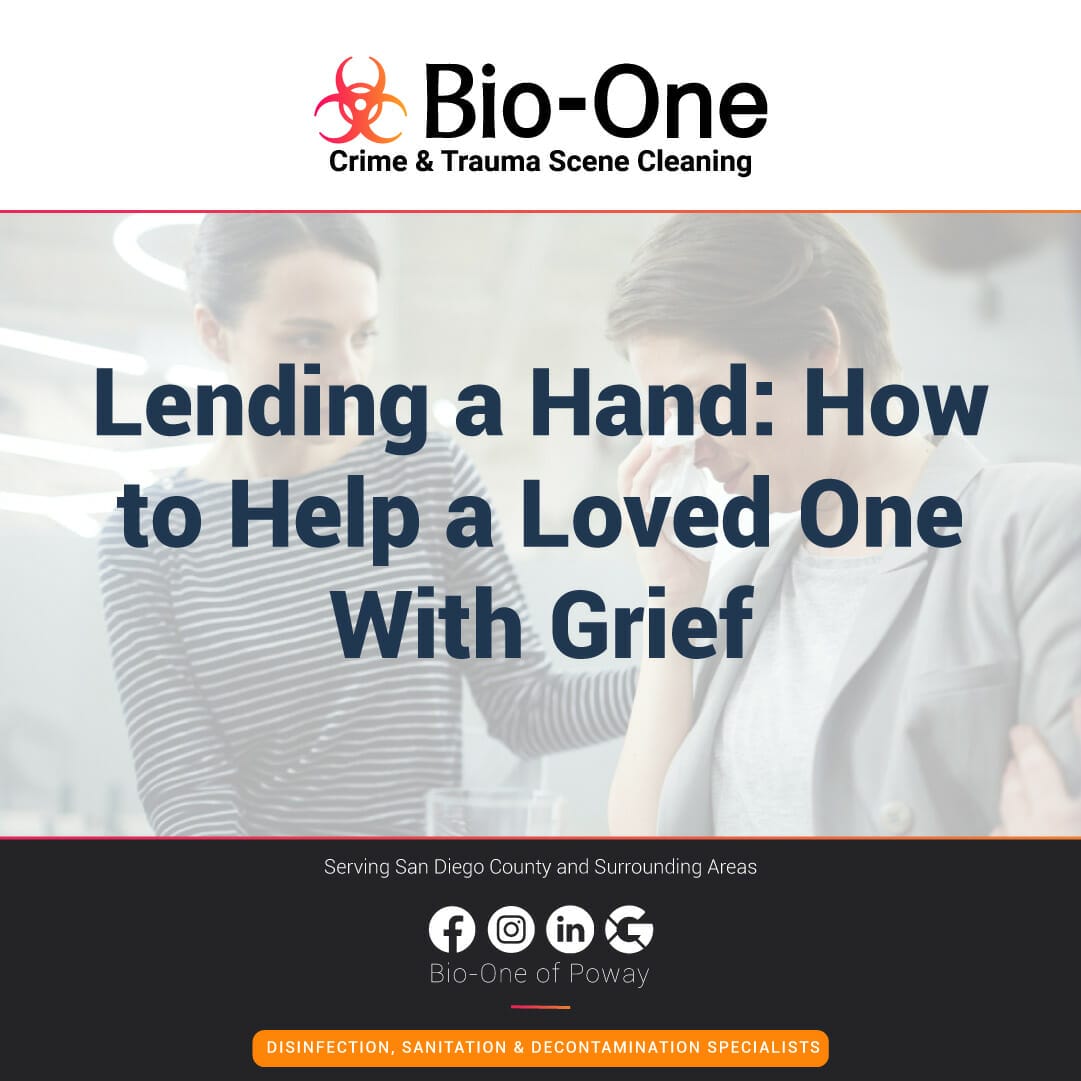
Losing a loved one affects everyone differently. While you may not know what to do or say to support someone who is grieving, being there for your loved one and showing them that you care during their time of need is one of the most valuable ways to support them. In this blog post, we will provide simple tips on how to help a loved one with grief, so you can help them in their transition.

The most important thing you can do for someone who is grieving is to be there. Listen to them, hold their hand, or sit silently with them. Your presence might be reassuring and comforting. People often apologize for crying, but it's okay to let them get emotional and express themselves. Avoid minimizing their pain or telling them that everything will be all right.
Everyone grieves differently, and it's important to respect their process. Allow them to feel what they're feeling without judgment or pressure.
Grief can consume much energy and leave little room for everyday tasks. Offer practical help by cooking meals, walking their dog, cleaning, or running errands. These simple tasks can make a big difference and help ease the burden of the person grieving, always respecting their boundaries and preferences.
Grief is a journey, and it takes time to heal. Checking in regularly and making time for your loved one on a regular basis shows them that you haven't forgotten about them. Even if it's just a quick text message or phone call, small gestures can help and are greatly appreciated.
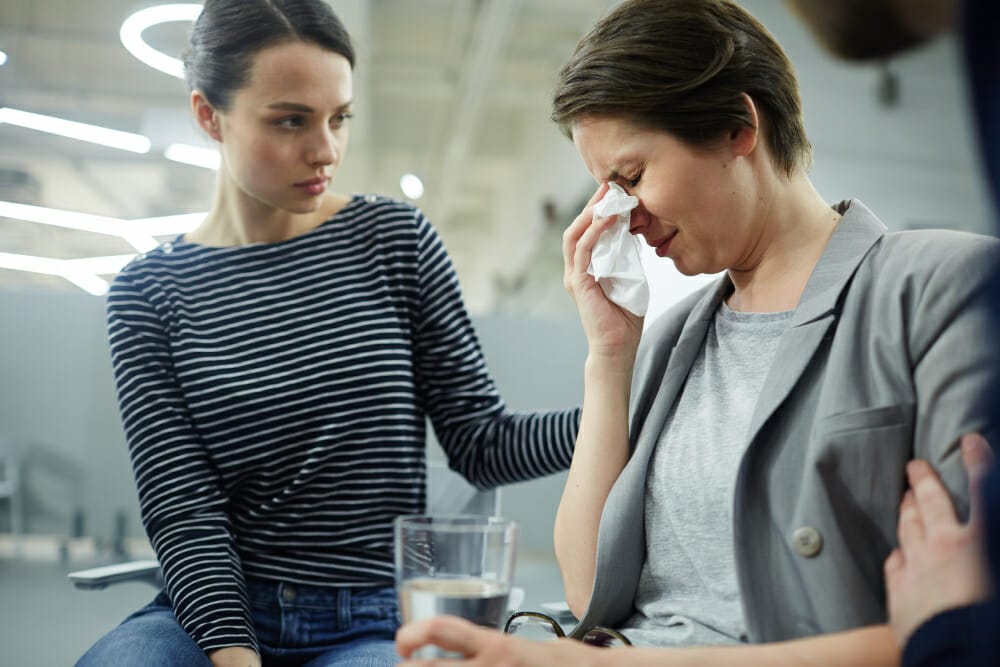
Everyone grieves differently, and we all have coping mechanisms that help us deal with stress and sadness. It's important to support your loved one's own way of coping. If they want to talk about the person they've lost, listen. If they want to take a break from talking about it, respect their need for space.
Grief can lead to various emotions such as anger, sadness, regret, and guilt, which can be overwhelming. Avoid being judgmental, critical, or dismissive of their feelings and emotions. Remember that grief isn't something that can be "fixed," and we cannot speed up the healing process. As we've mentioned: be there, listen, validate their feelings, and encourage professional help if needed.
Read: Grief and Loss - Coping with Death after a Traumatic Event
We all grieve differently, and it's normal to feel helpless or overwhelmed when supporting someone grieving. However, being there for your loved one, offering practical help, and providing a nonjudgmental ear can make a big difference. Remember, it's about their journey of grieving, and you're there to lend a hand when they need it. It's okay to not have all the answers, but it's more important to show that you care.
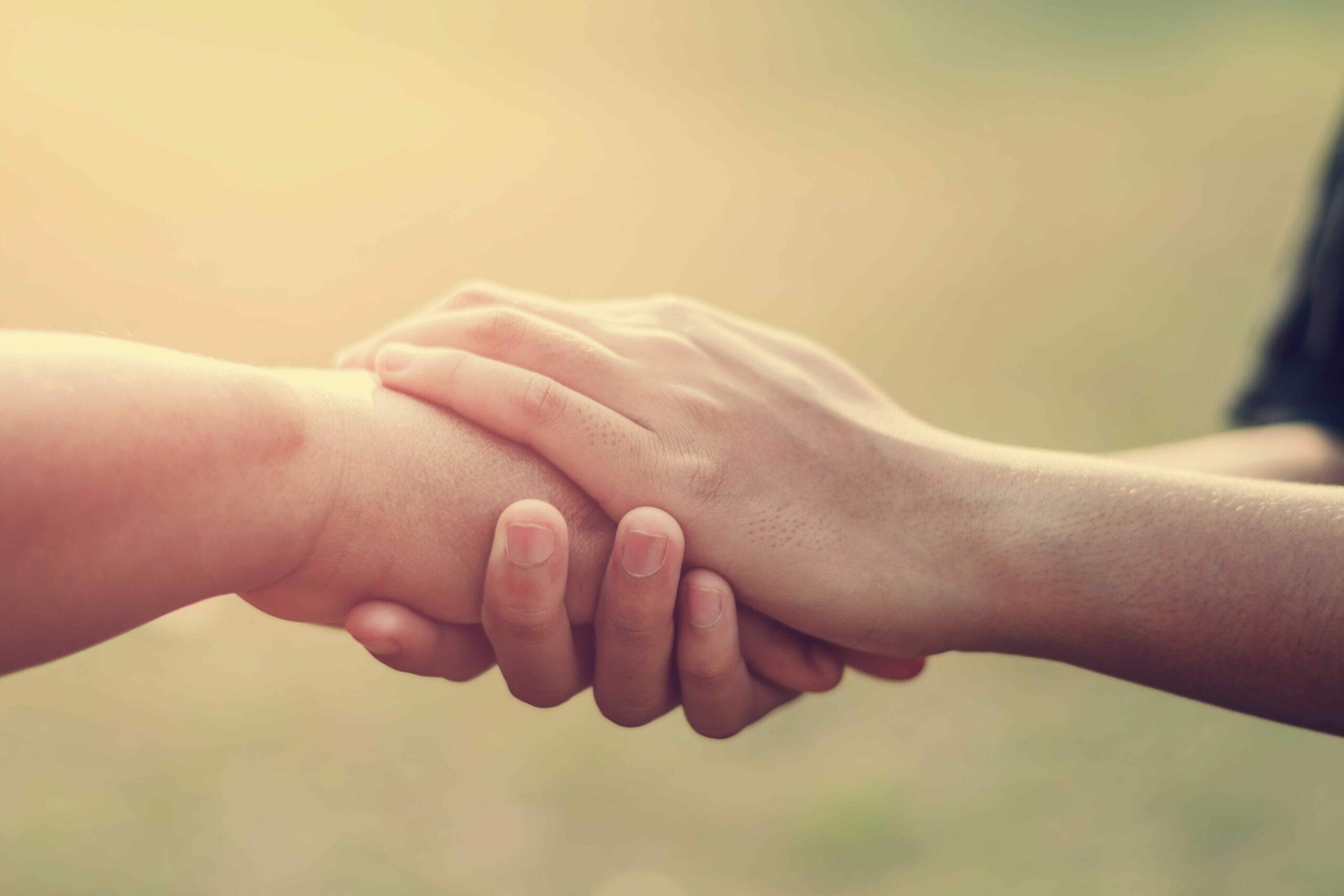
If you feel overwhelmed or unsure of how to help a loved one with grief, Bio-One can connect you to a grief counseling or support group. We are a Mental First Aid-Certified Company and have a network of professionals who can offer guidance and support during this difficult time. So don't hesitate to reach out for help if needed.
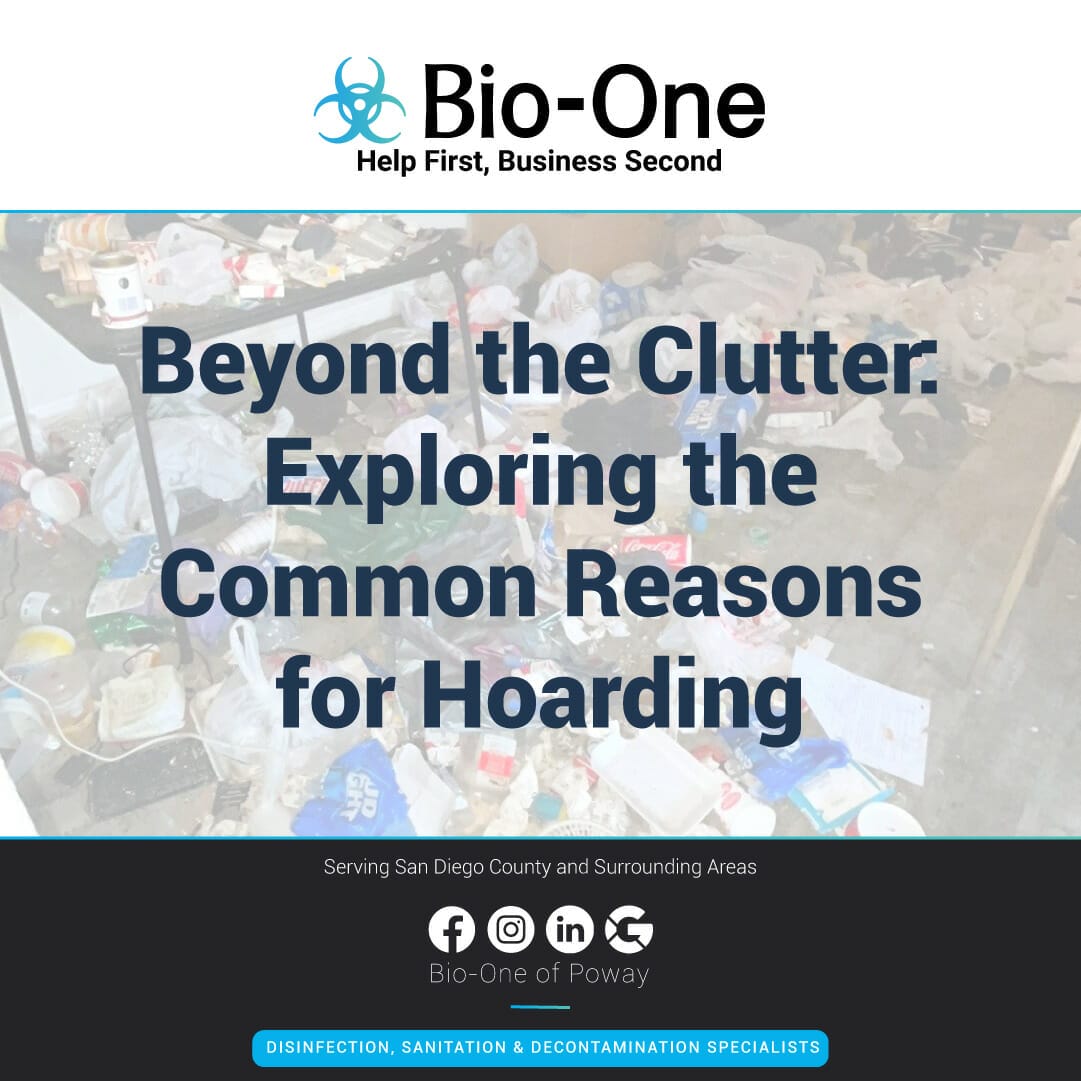
Hoarding disorder is characterized by persistent difficulty discarding or parting with possessions due to a perceived need to save them. Those suffering from the disorder often experience distress at the thought of getting rid of items, leading to an excessive accumulation of items, regardless of value, that congests and clutters living areas. While the reasons for hoarding are not the same for everyone, it can cause significant distress and impairment in social, occupational, and other important areas of functioning.
According to the American Psychiatric Association, "Hoarding disorder occurs in an estimated 2 to 6 percent of the population and often leads to substantial distress and problems functioning." The common reasons for hoarding include:
One of the most common reasons for hoarding is trauma. Many hoarders have experienced some form of trauma or loss in their lives, which has led them to find comfort in accumulating possessions. The hoarded items may hold sentimental value for the individual, reminding them of happier times or loved ones lost. Alternatively, they may fear a repeat of their traumatic event and hoard items as a way to protect themselves.
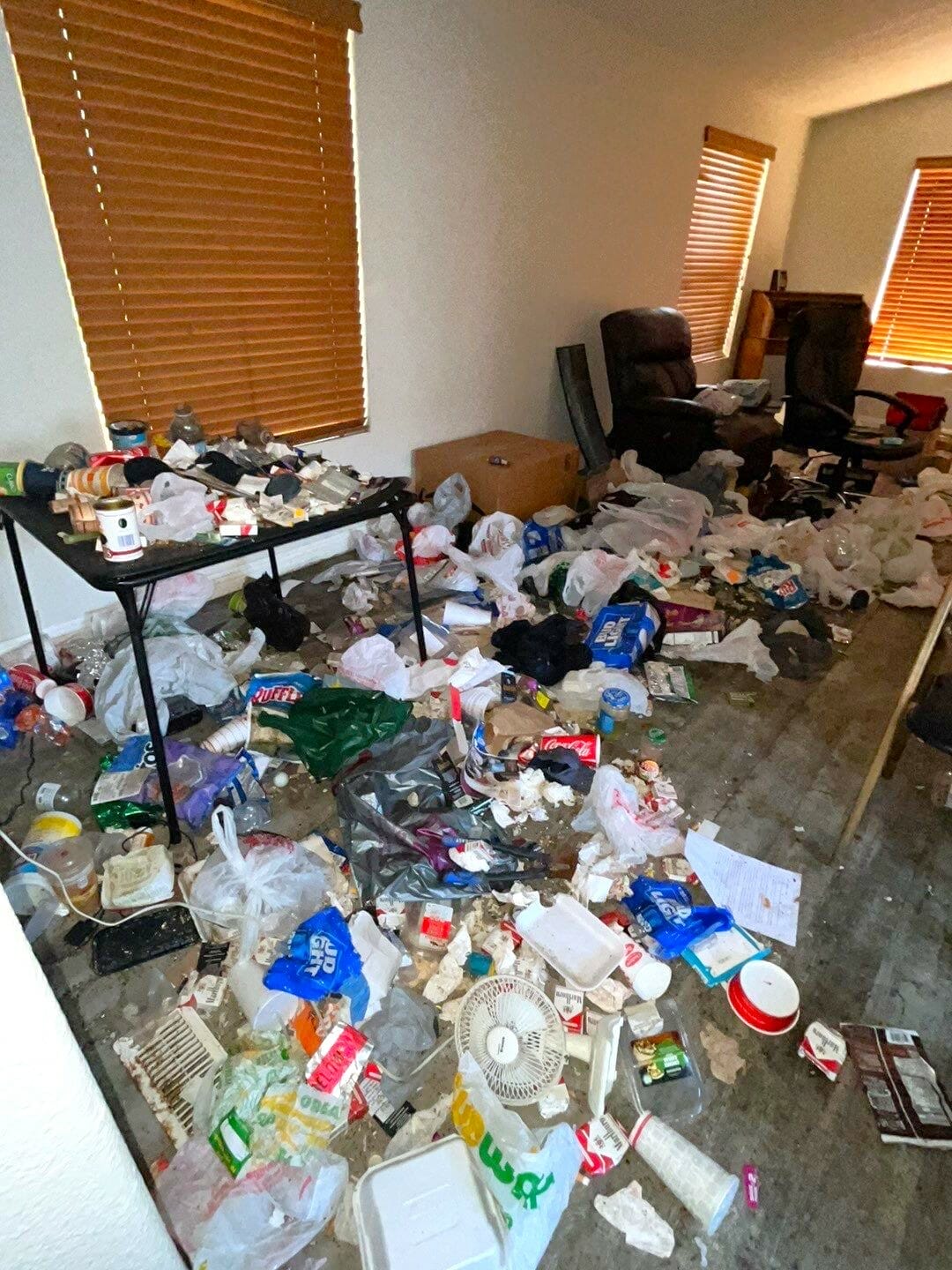
Another common reason for hoarding is anxiety and OCD. Hoarders may experience high levels of anxiety when faced with the prospect of throwing away their possessions. They may have obsessive thoughts or fears about discarding things and feel compelled to collect more and more items to control their anxiety. Interestingly, hoarding can also be a symptom of Obsessive Compulsive Disorder (OCD), a mental health condition that causes individuals to experience unwanted, intrusive thoughts that lead to repetitive behaviors and compulsions.
Perfectionism is also a common reason for hoarding. Hoarders may be perfectionists who struggle with the idea of disposing of anything they perceive as potentially useful or valuable. They may worry that they'll need the item someday, or that the item will be costly to replace if it's thrown away. In some cases, perfectionism can be an attempt to avoid feelings of shame or failure that may arise from not maintaining an orderly home or workplace.
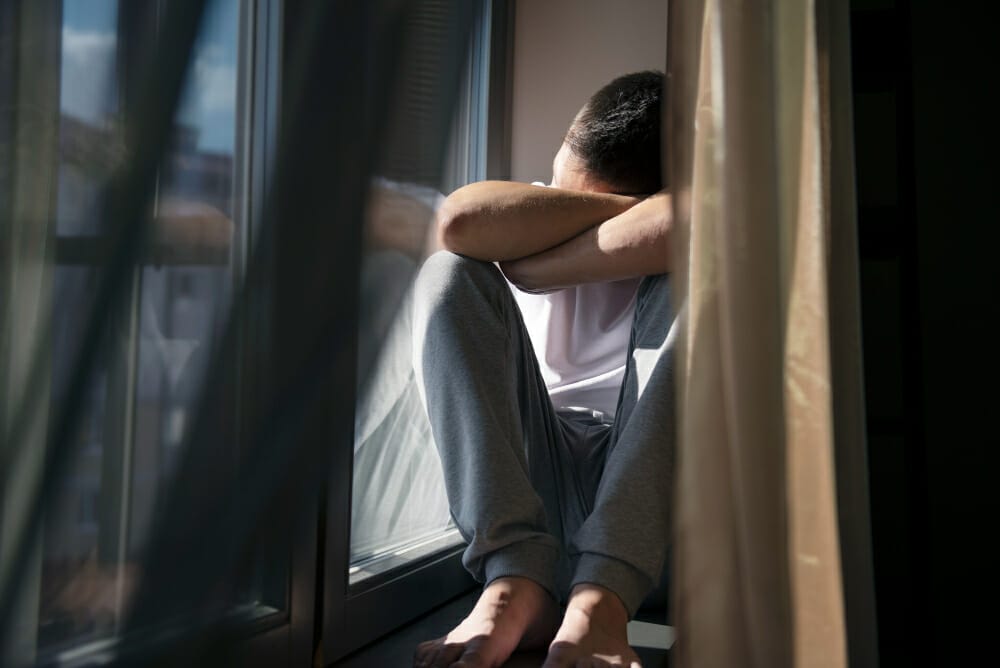
Depression is one of the most common reasons for hoarding. Individuals may feel overwhelmed and unable to take care of themselves, which leads them to neglect their environment. Depression can also make it hard to make decisions or take action, which can lead to hoarding behaviors.
A family history of hoarding is also a contributing factor. Studies suggest that genetics can play a role in hoarding behaviors, and growing up in a household where hoarding is present can make individuals more likely to develop hoarding tendencies. Children who grow up in homes with hoarders may not learn how to organize or handle possessions in a healthy way, which can make them more prone to hoarding as adults.
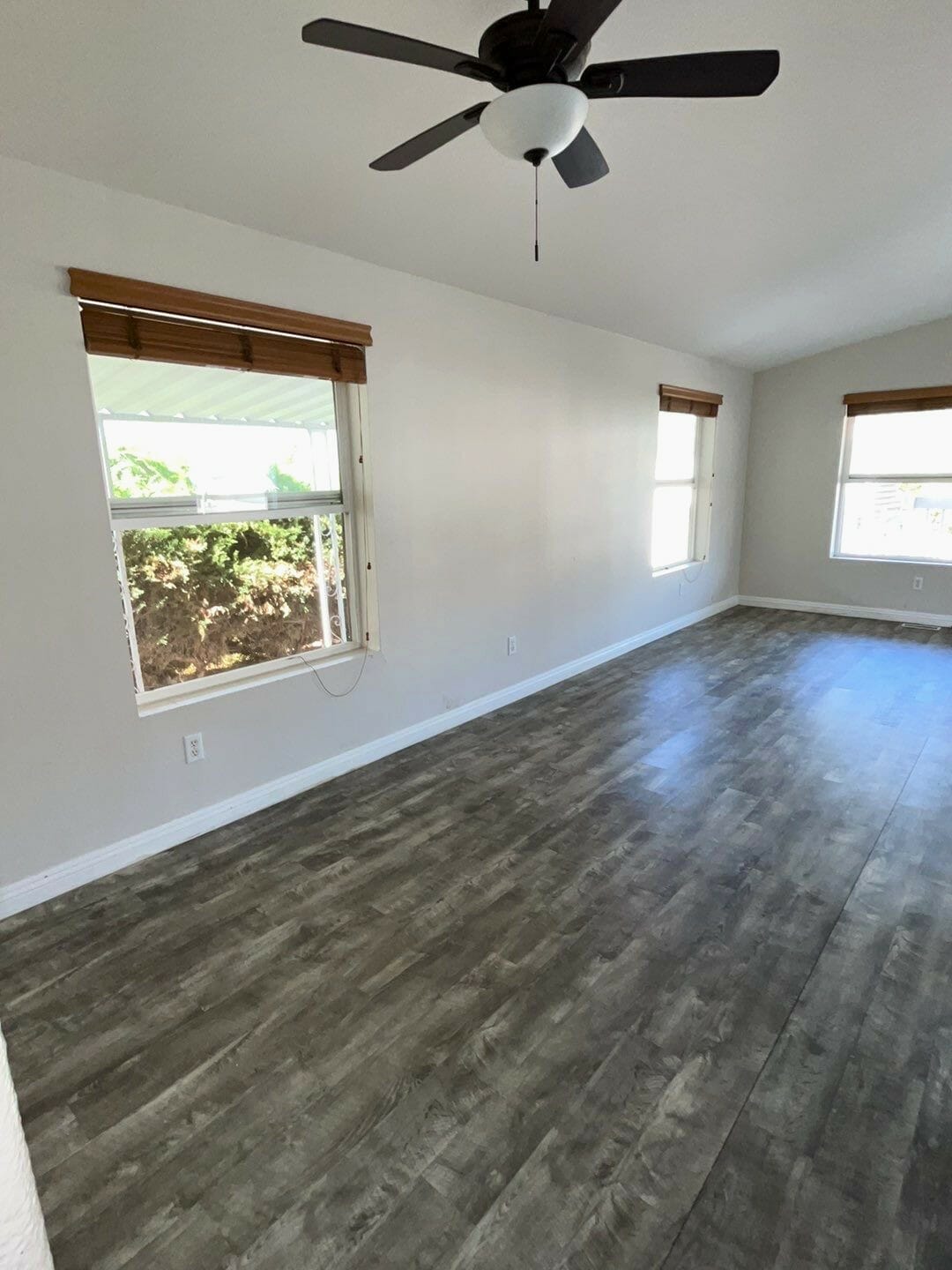
There are many reasons for hoarding, and it's a condition that requires empathy and understanding to overcome. Hoarding can be a difficult and isolating condition, but it is treatable. Identifying the underlying reasons for hoarding is the first step towards recovery.
If you or a loved one is struggling with hoarding, Bio-One offers professional hoarding remediation services. Our highly trained team is equipped to handle any hoarding situation with compassion and discretion. Don't hesitate to call if you or someone you know is struggling with clutter or any form of hazardous environment!
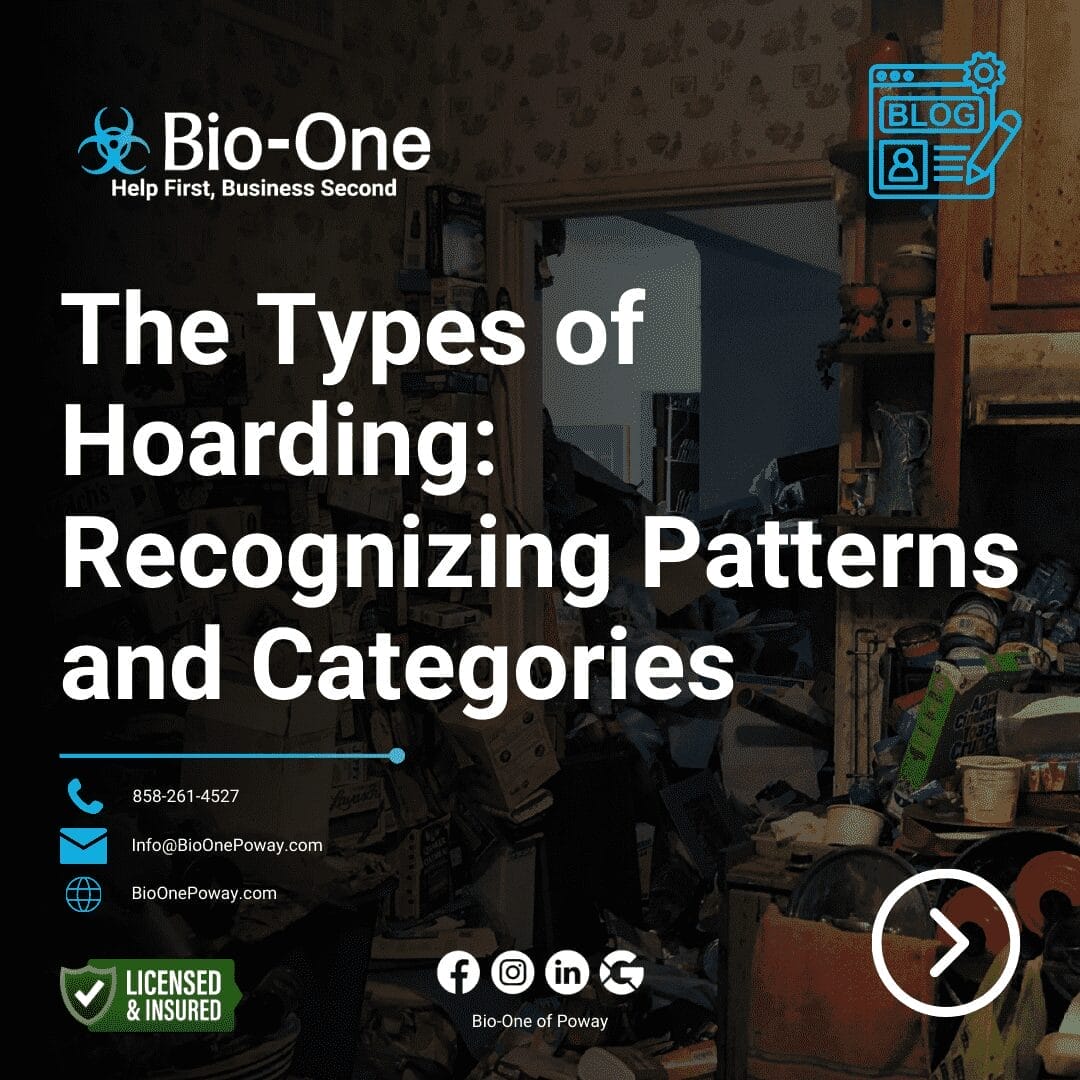
Hoarding is a serious mental health condition that usually results in poor quality of life, safety hazards, and isolation. There are different types of hoarding, ranging from mild to severe, and recognizing the patterns and categories can help in understanding the underlying issues and providing appropriate support. In this blog post, we'll discuss the different types of hoarding and explore the risk factors associated with each type.
Collecting hoarding is the most common type of hoarding. This involves the accumulation of a large number of items, usually of a particular category, such as books, clothing, or kitchenware. This type of hoarding often starts innocently enough as a hobby or interest but can quickly escalate into a problem.
Individuals with collecting hoarding often have a strong emotional attachment to their items and feel a sense of security and comfort in being surrounded by them. The risk factors associated with collecting hoarding include anxiety, depression, social isolation, and a history of trauma.
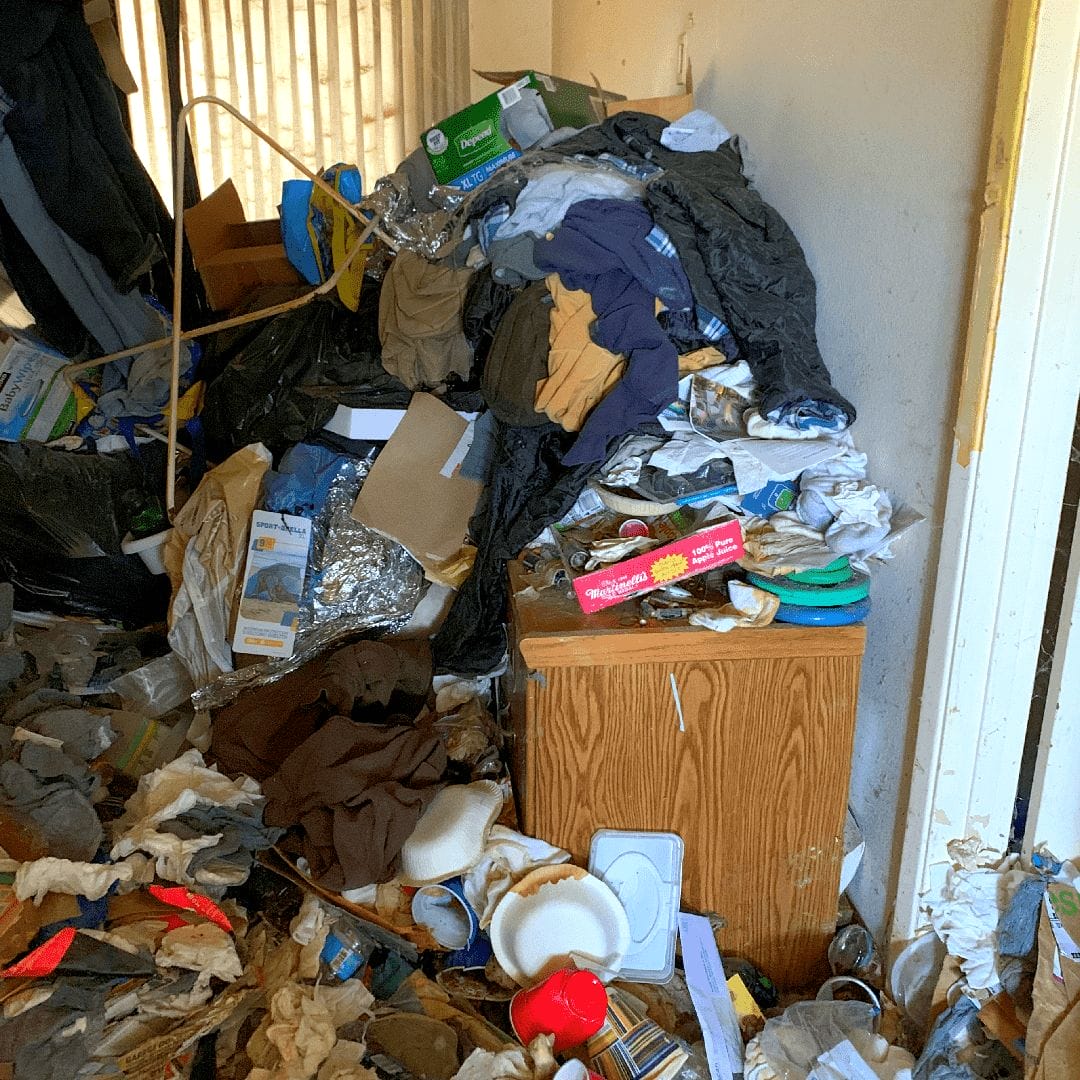
The second type of hoarding is squalor hoarding. This hoarding manifests through the accumulation of a massive amount of trash, garbage, and debris. This situation can often lead to severe health problems, including respiratory issues and exposure to harmful chemicals. Individuals with squalor hoarding may struggle with depression, anxiety, and other mental health conditions. They may also have a history of substance abuse or neglect.
Animal hoarding is another type of hoarding, which involves the excessive and uncontrolled accumulation of animals. Individuals with animal hoarding have a compulsive need to rescue animals, even if they are unable to provide adequate care for them.
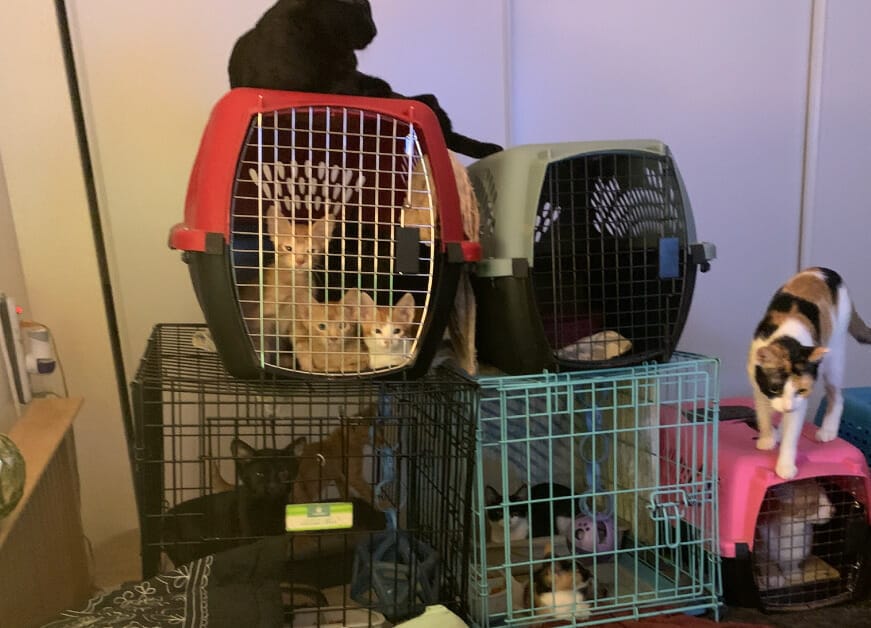
This type of hoarding poses significant health risks to the animals and humans involved. Individuals with animal hoarding may struggle with depression, anxiety, and a history of trauma.
Hoarding disorder requires specialized treatment. Some effective treatments include cognitive-behavioral therapy (CBT), which helps individuals identify and change their hoarding behaviors, and motivational interviewing, which can help individuals explore the underlying motivations for their hoarding behavior.
Other types of therapy, like exposure and response therapy, have also proven to be effective in treating Hoarding Disorder. This therapy involves gradually exposing individuals to the objects they are hoarding and helping them develop healthy responses to their distress.
In addition to therapy, medication can also help manage symptoms of Hoarding Disorder.

Recognizing the types of hoarding is essential in understanding the risks involved and the level of hoarding remediation needed. If you or someone you know is struggling with hoarding disorder, please reach out to Bio-One for help. Our experienced team can assist in restoring the living space to a safe and healthy environment, providing support through the entire process. Remember, there is no shame in asking for help, and Bio-One is here to assist you in your time of need.